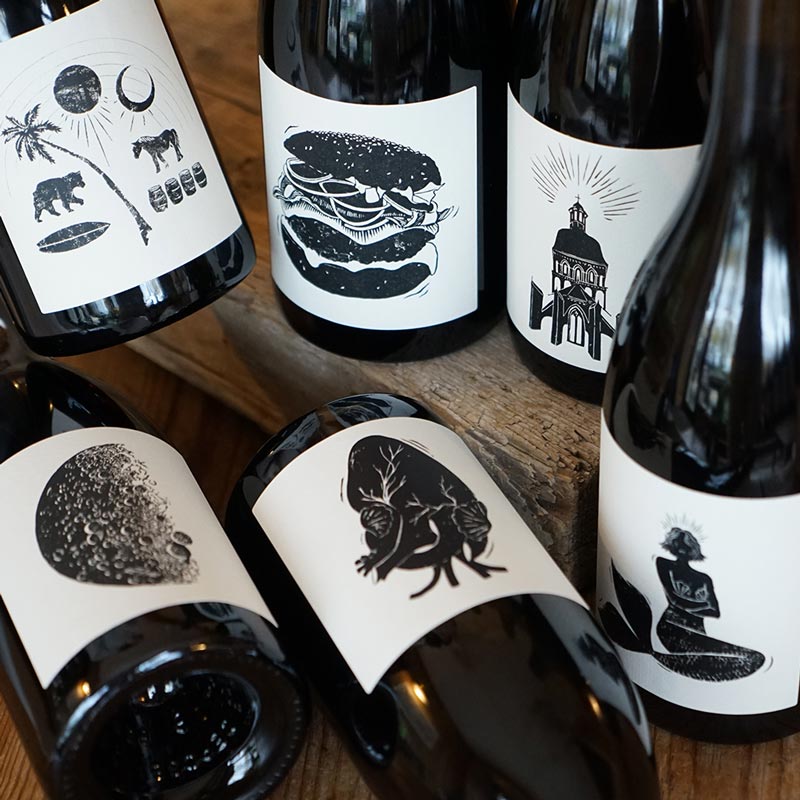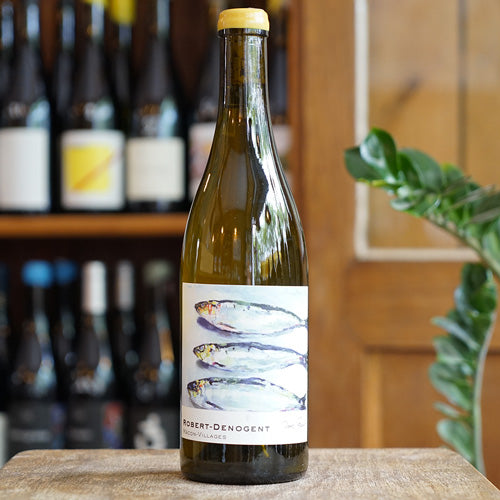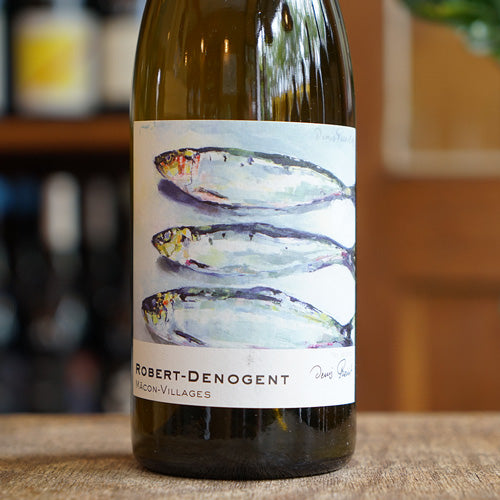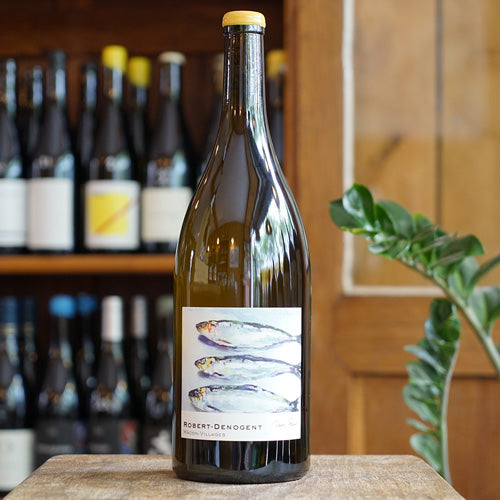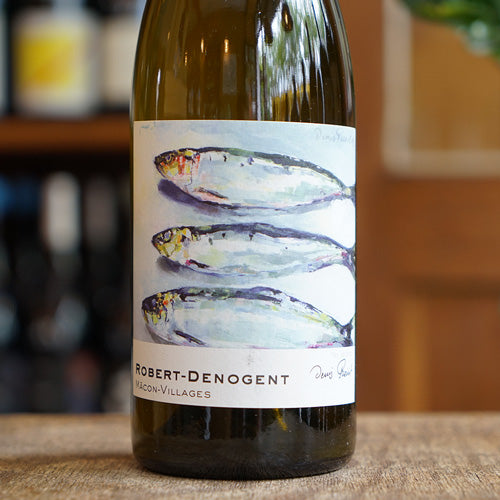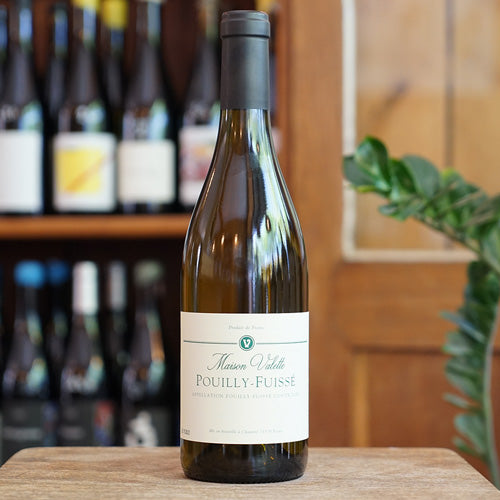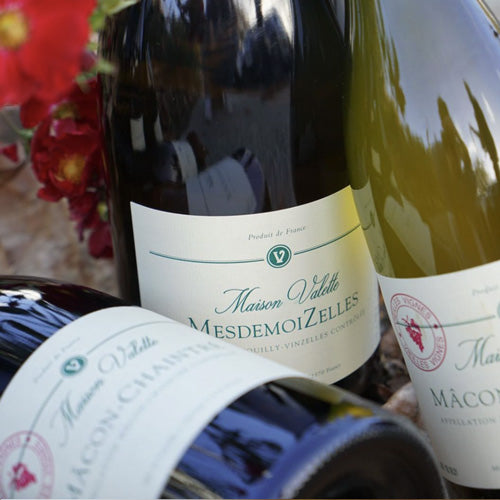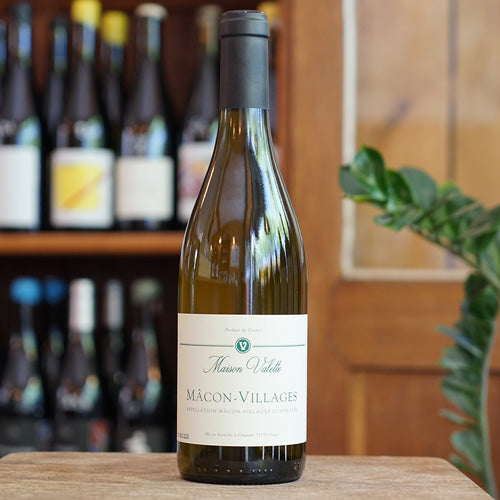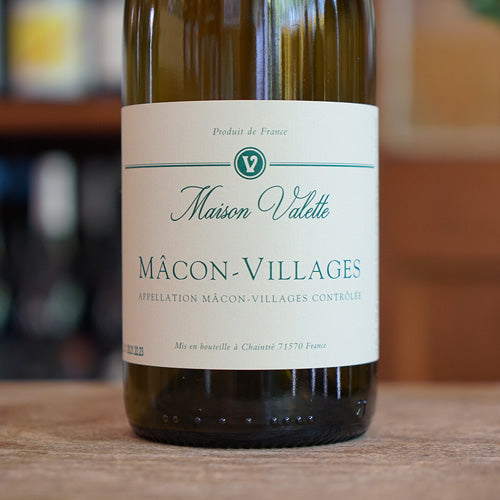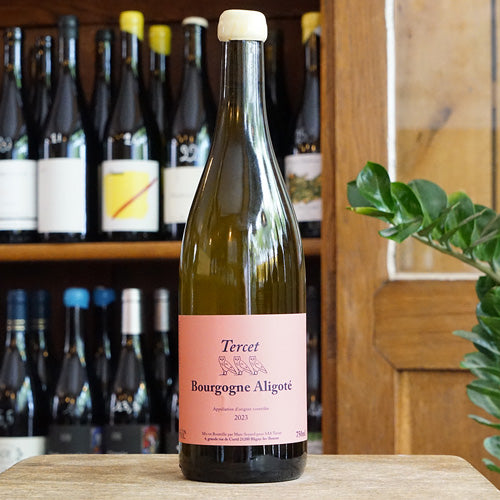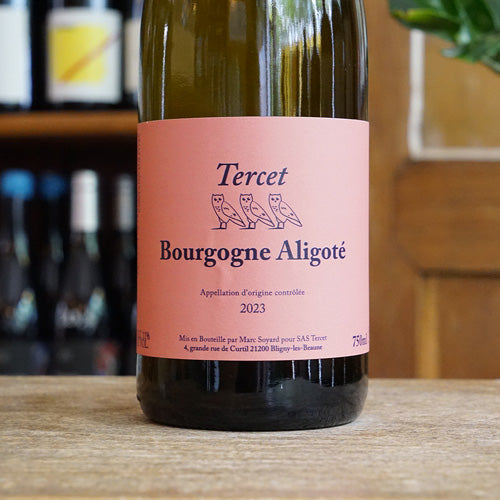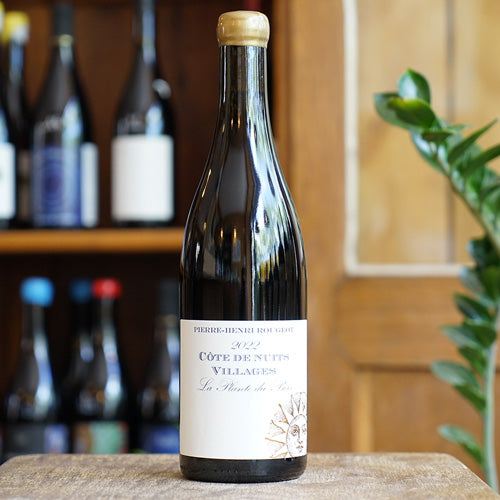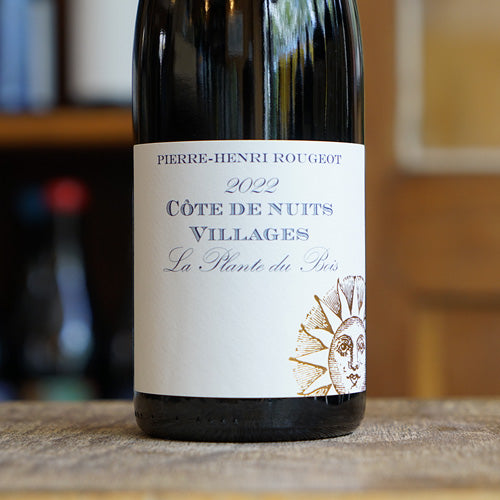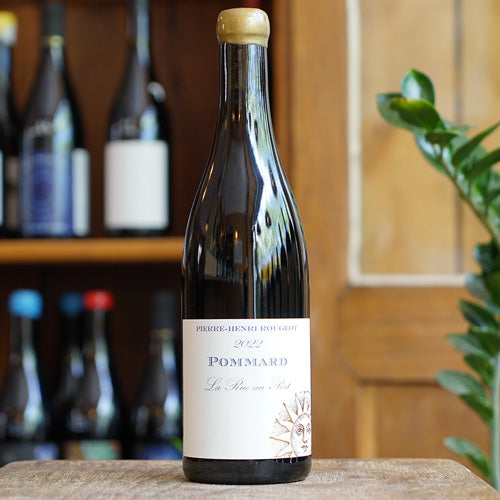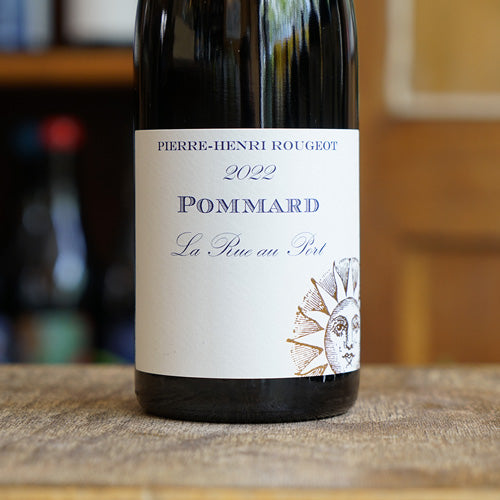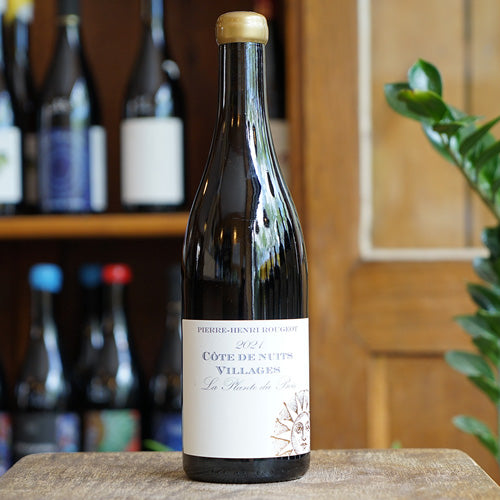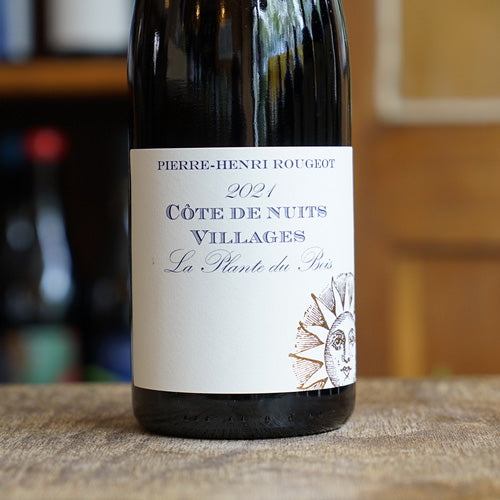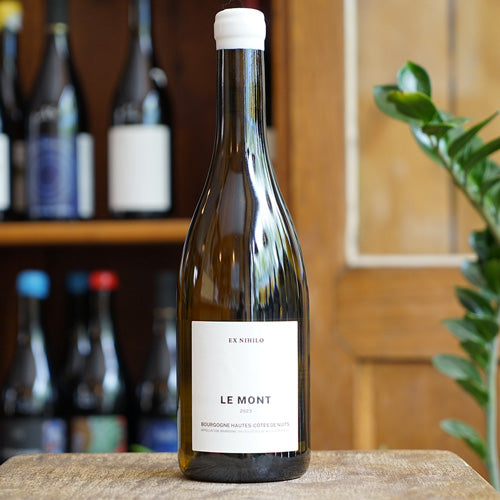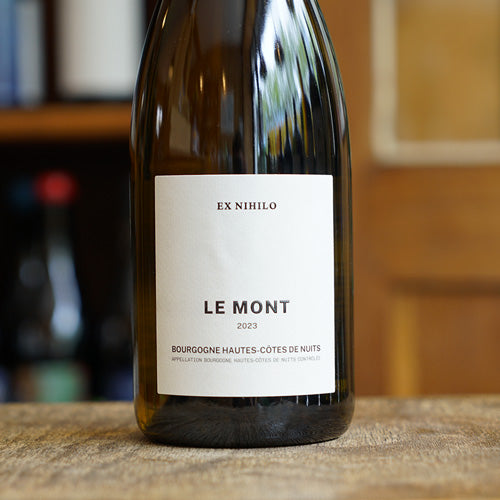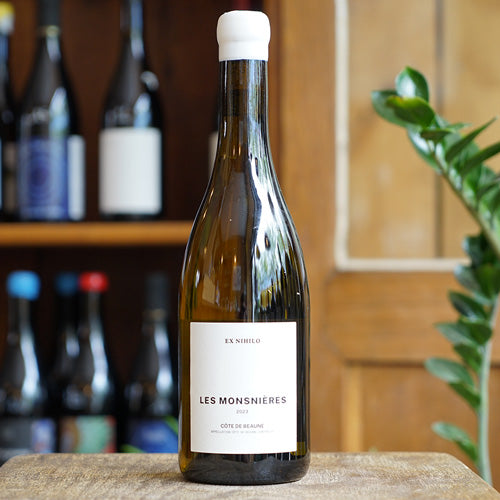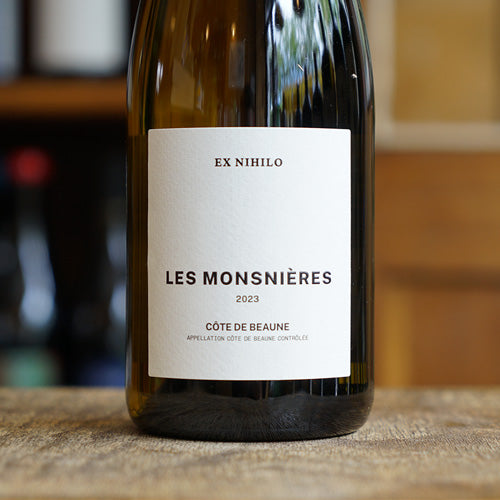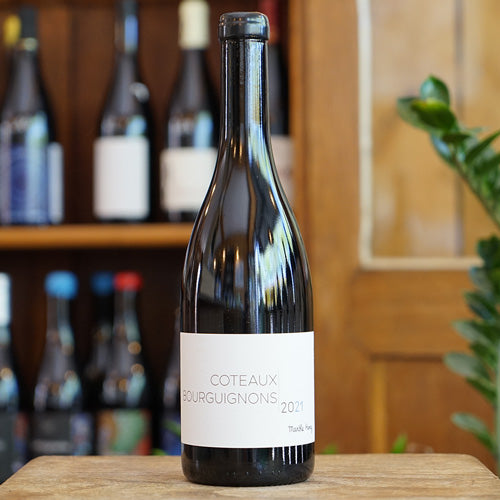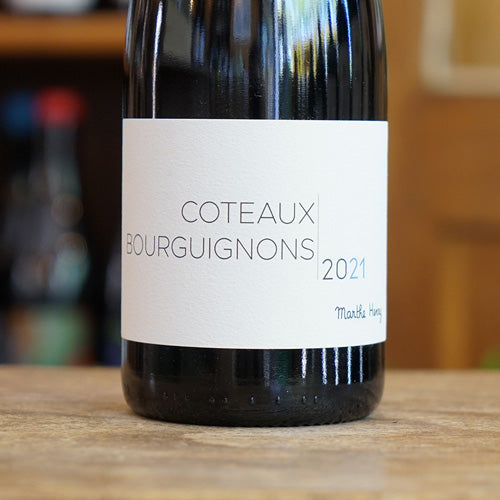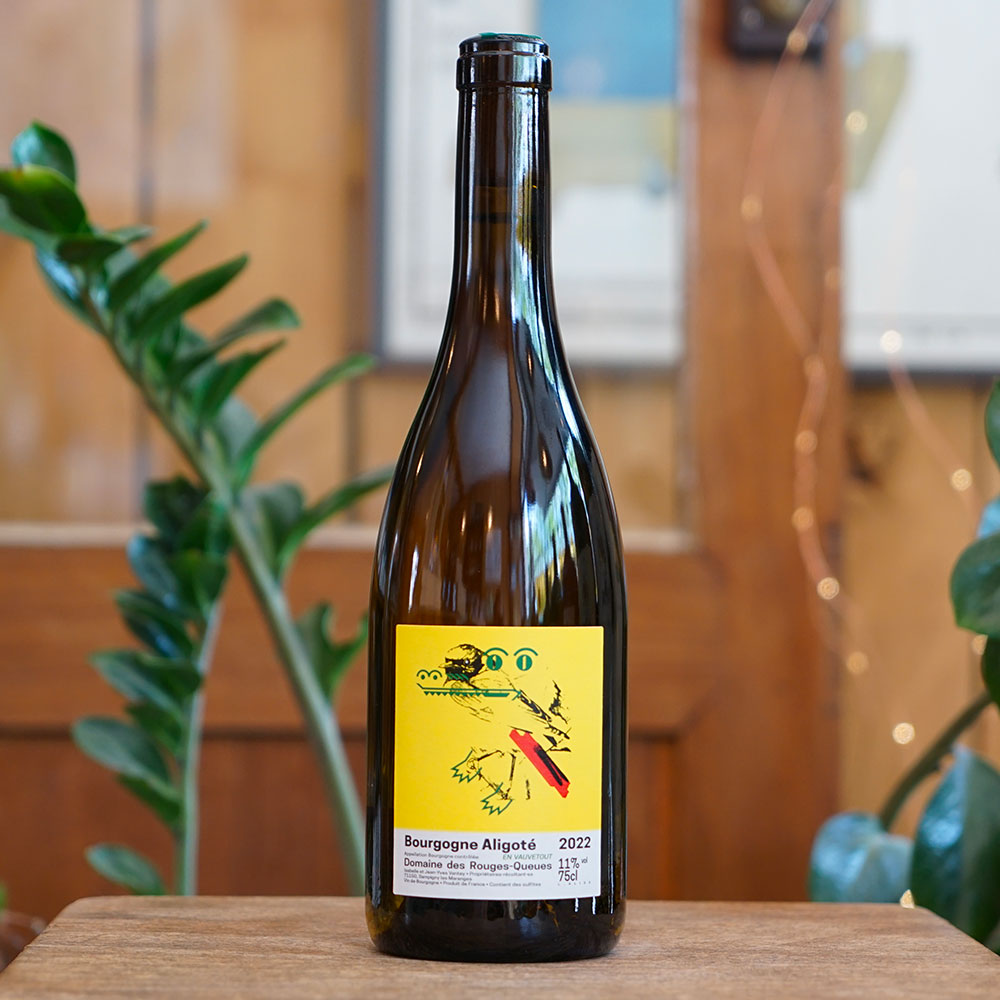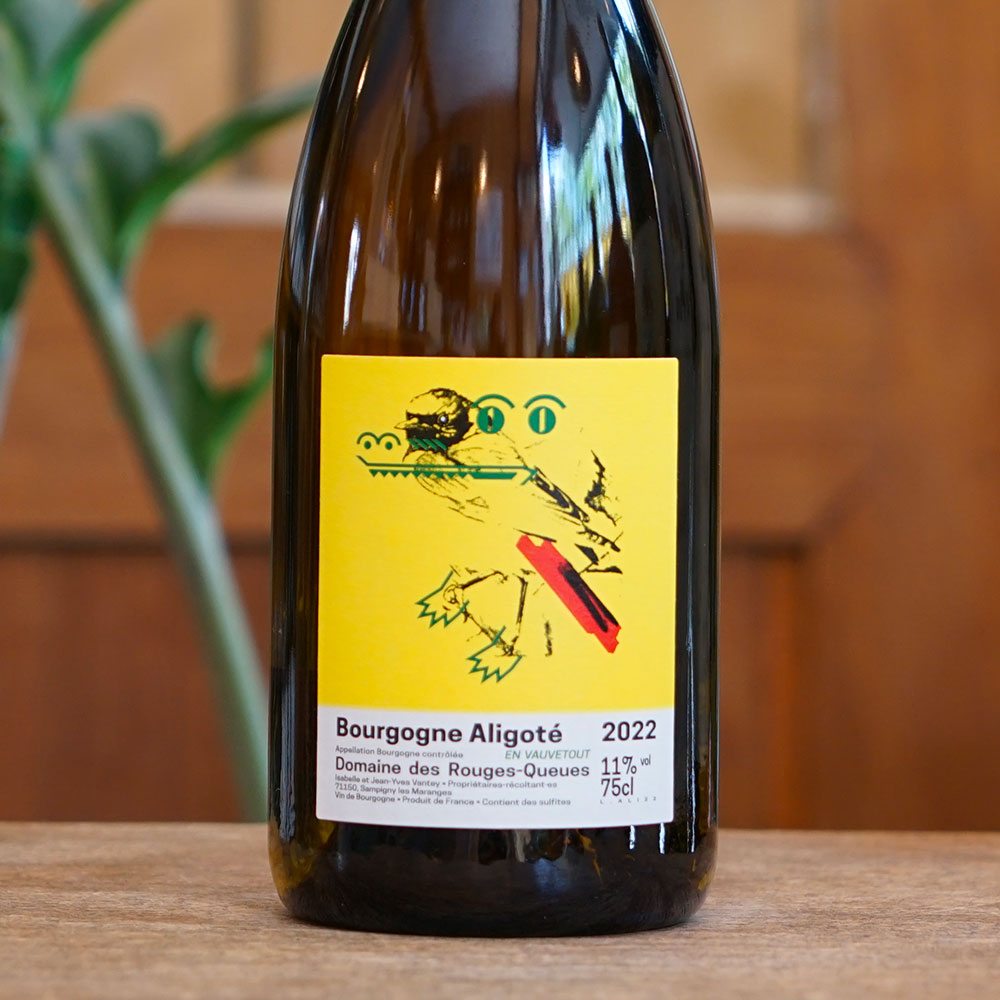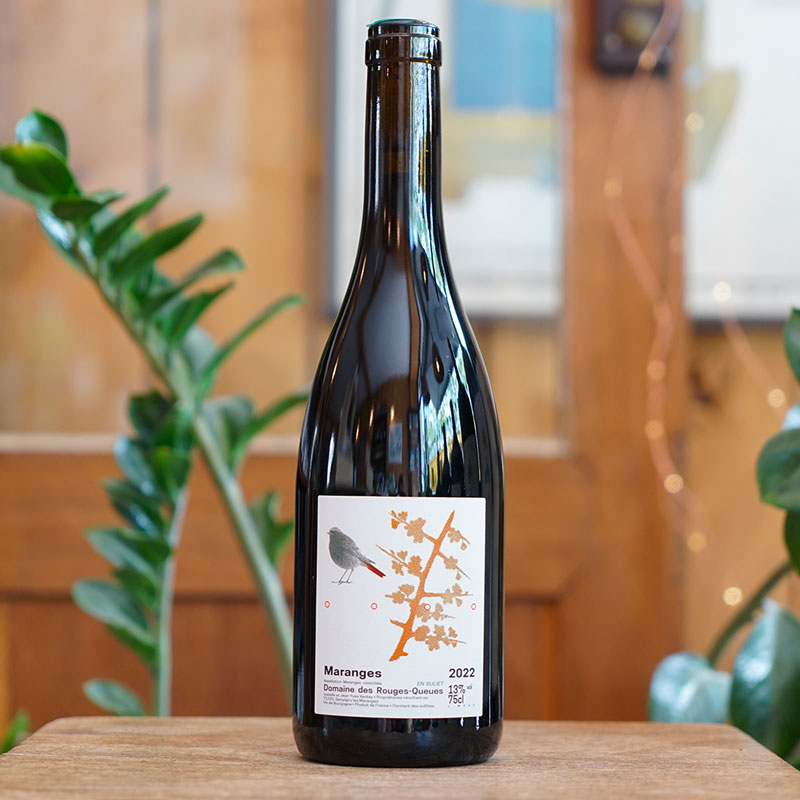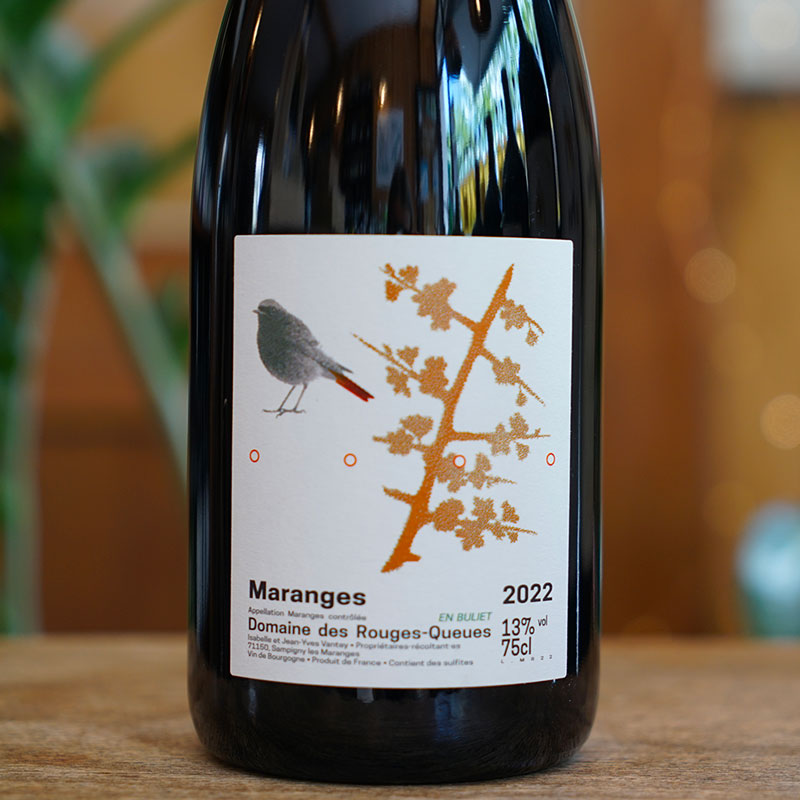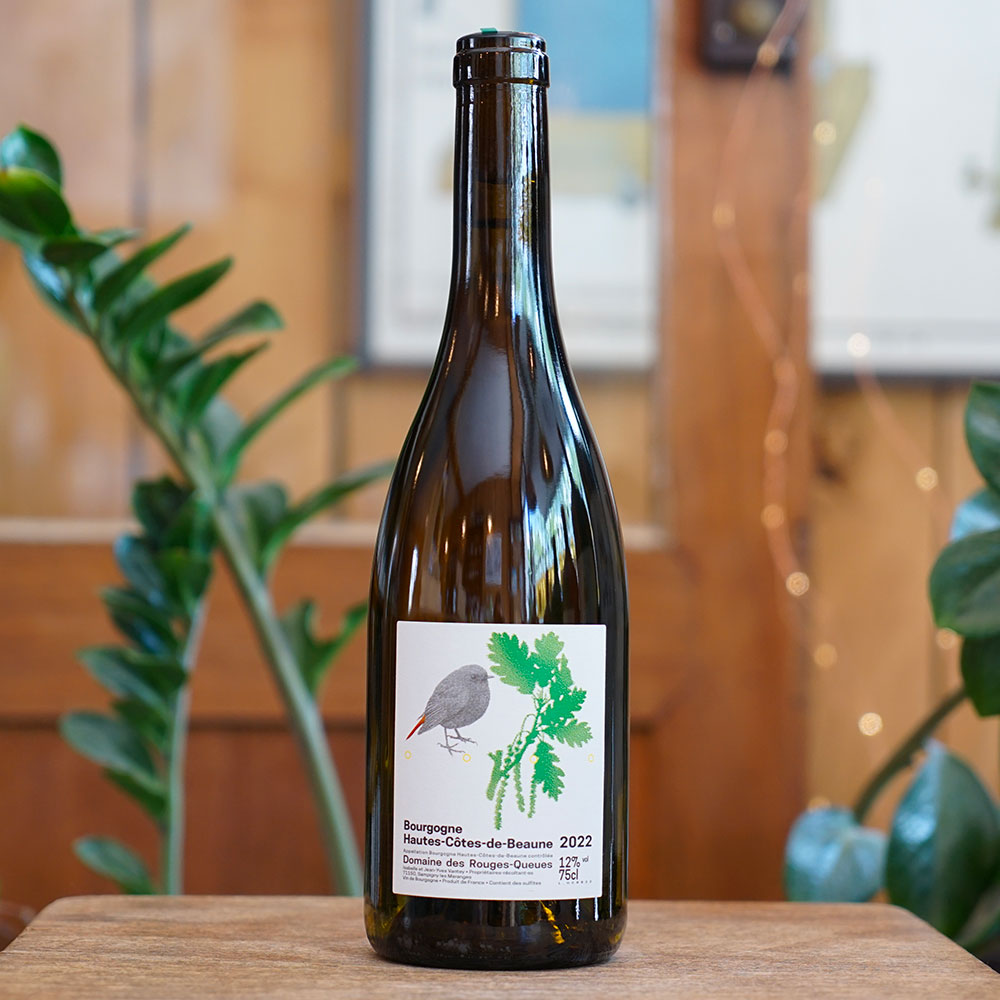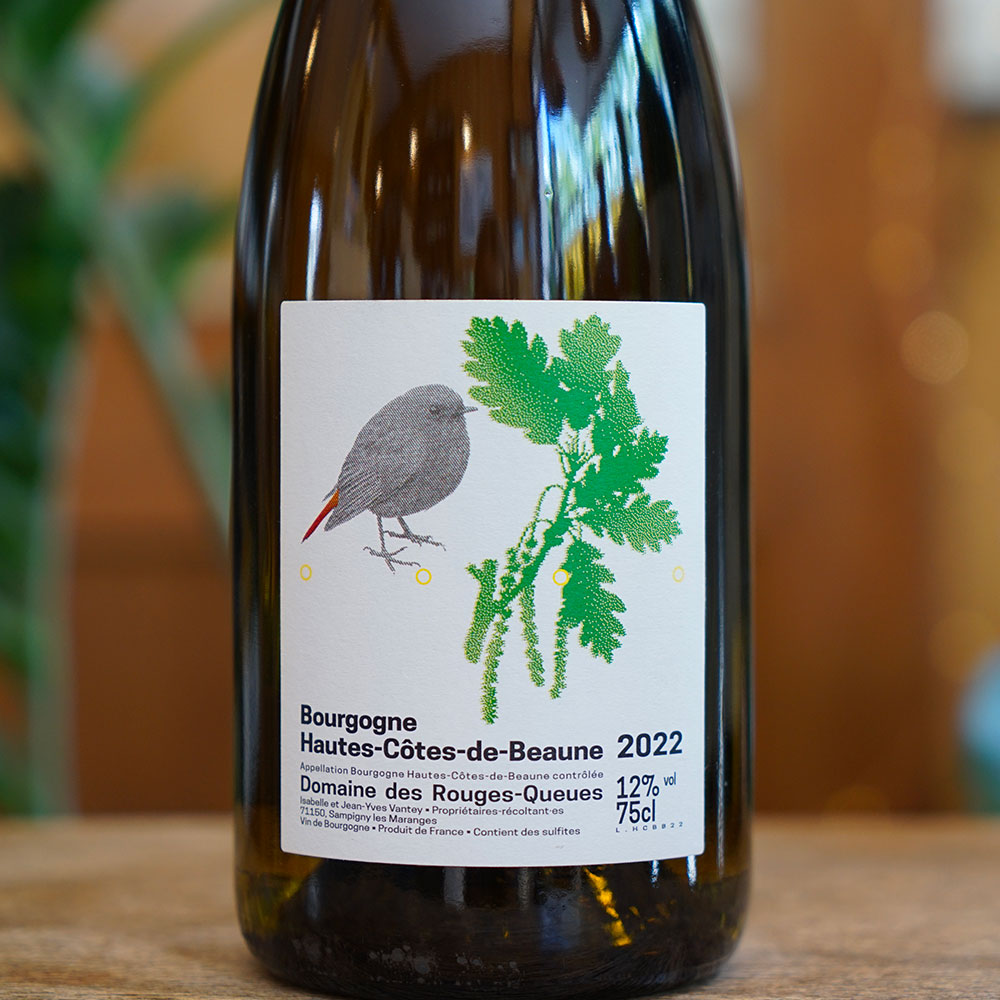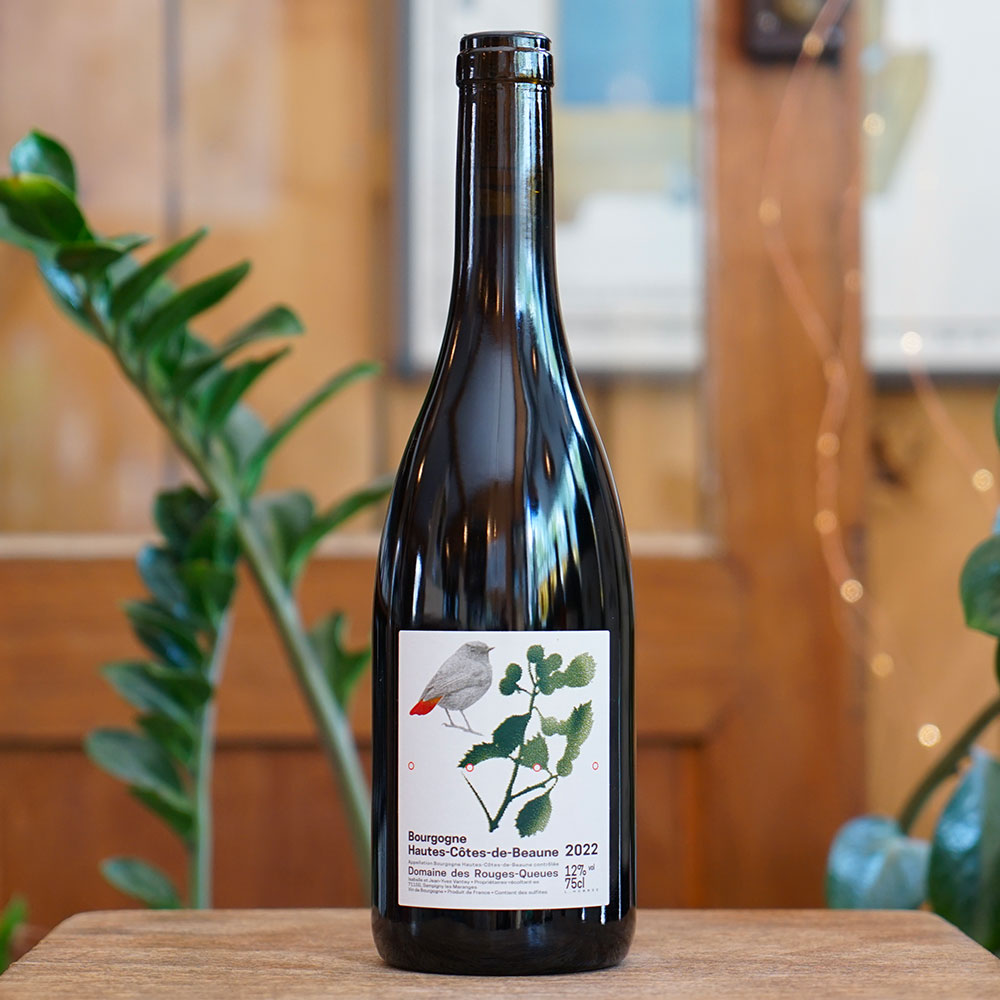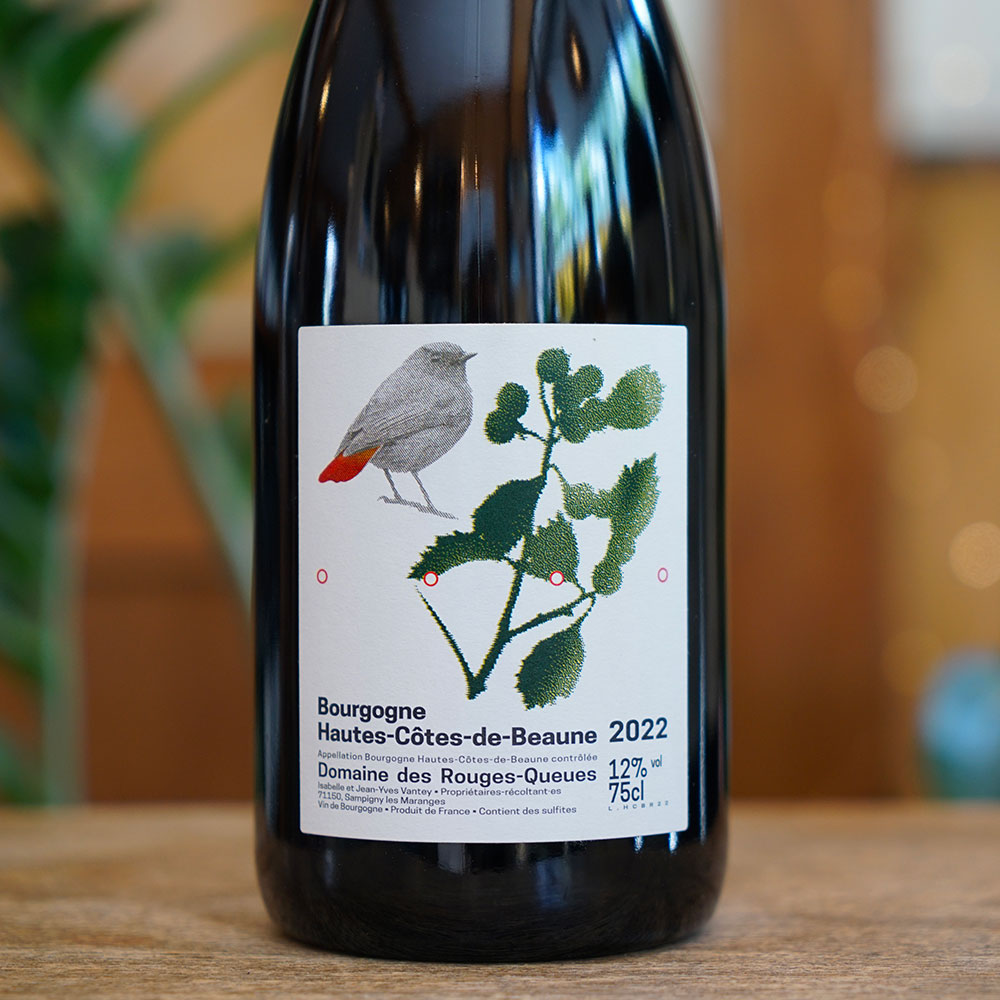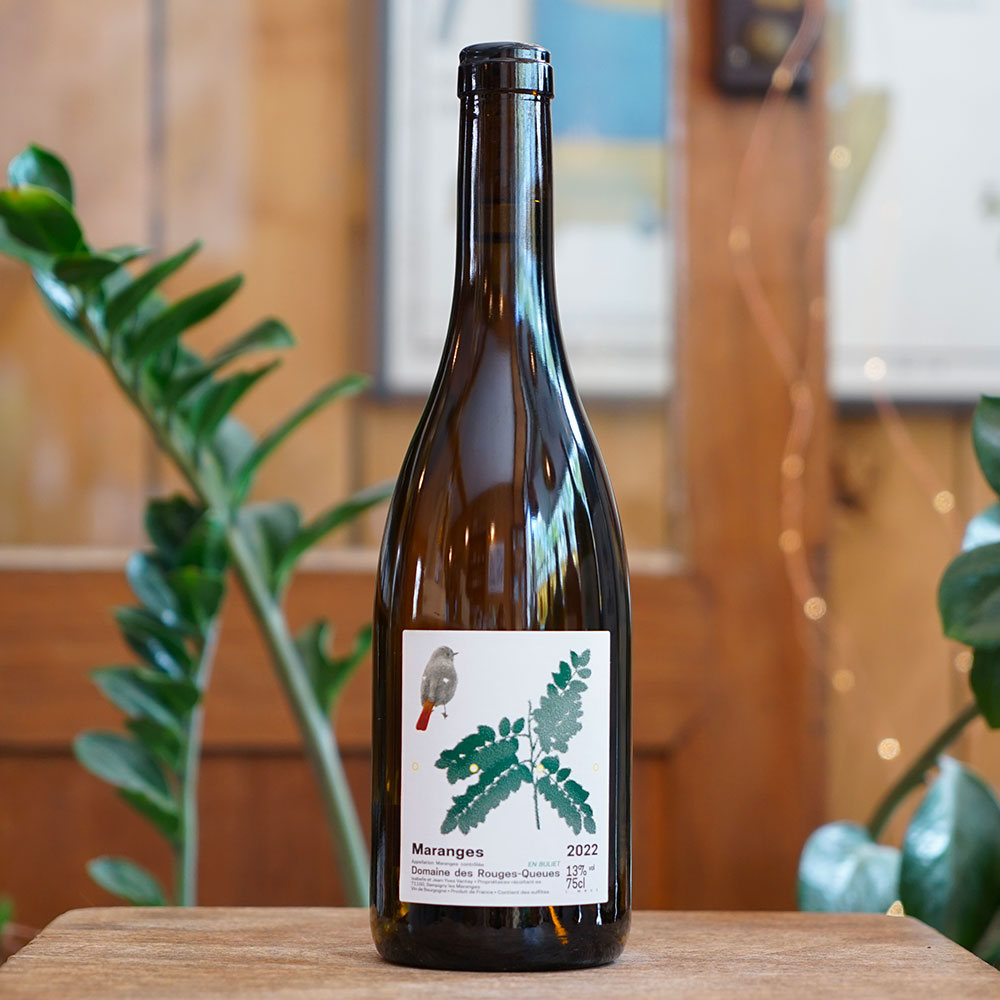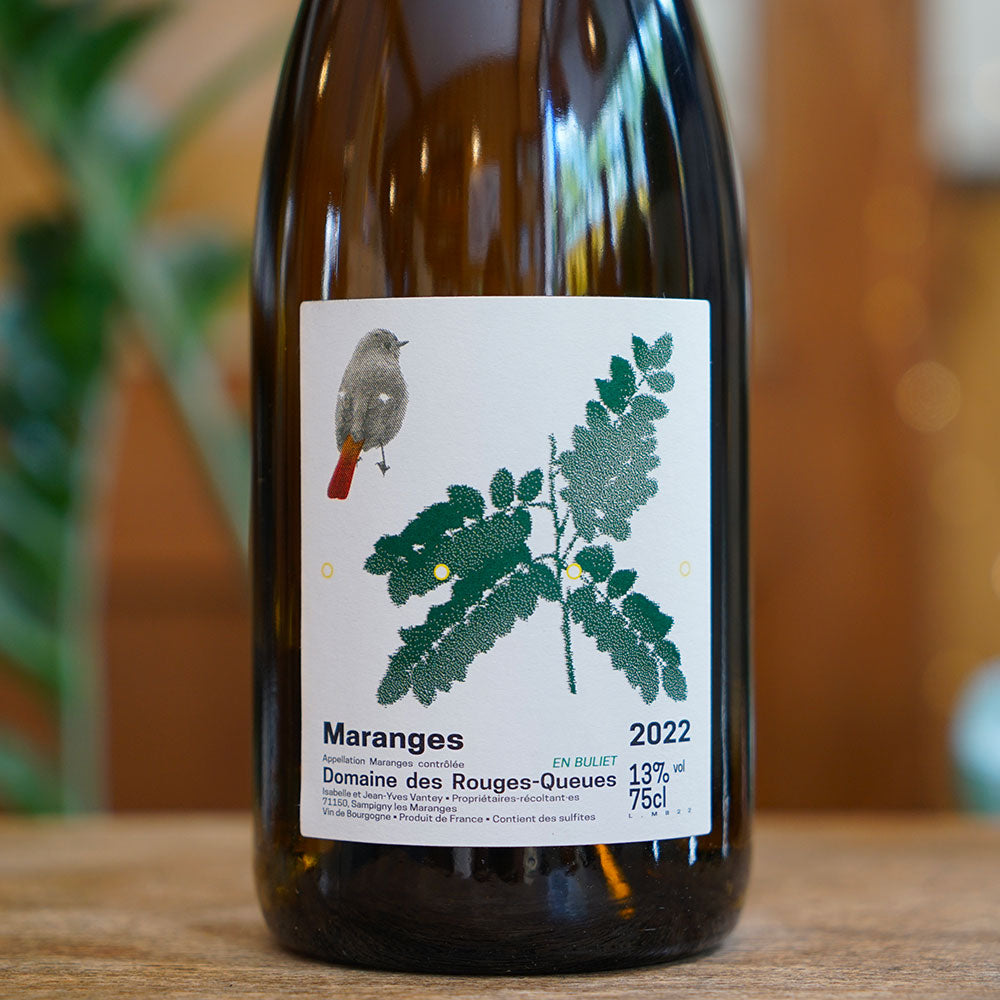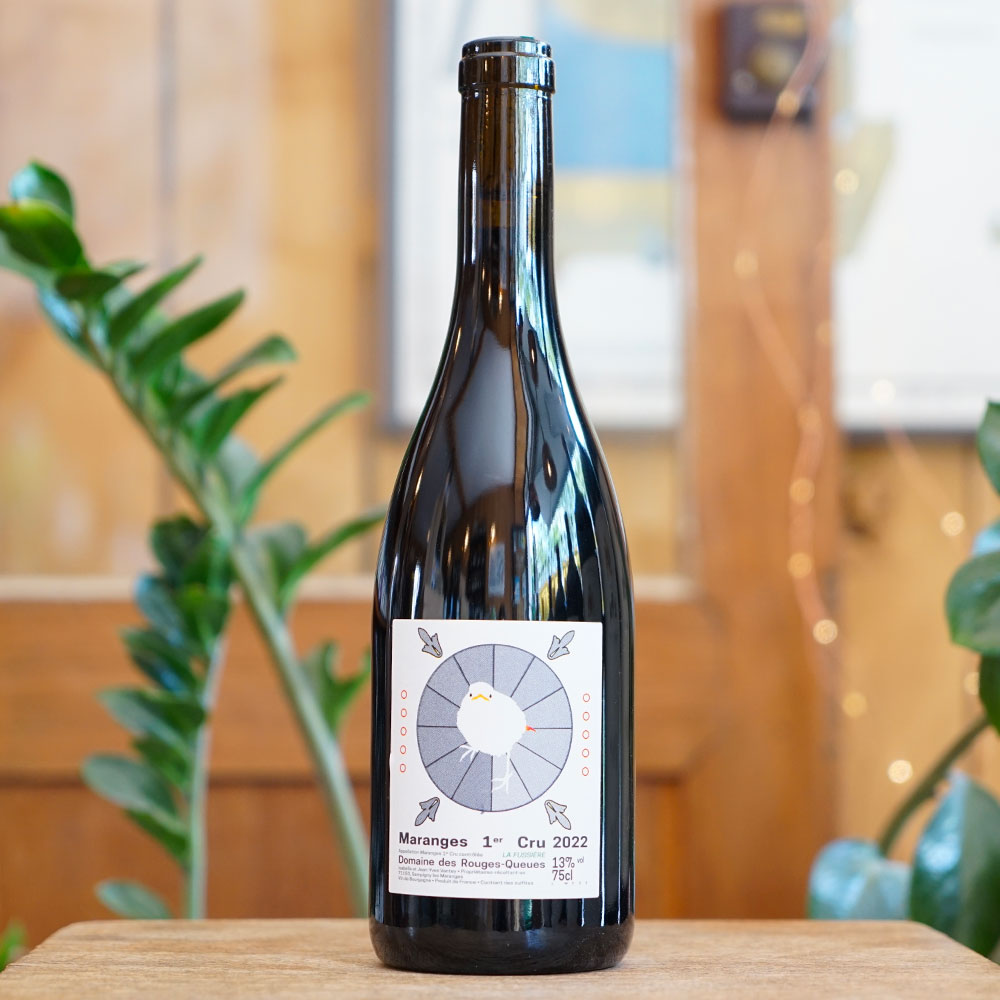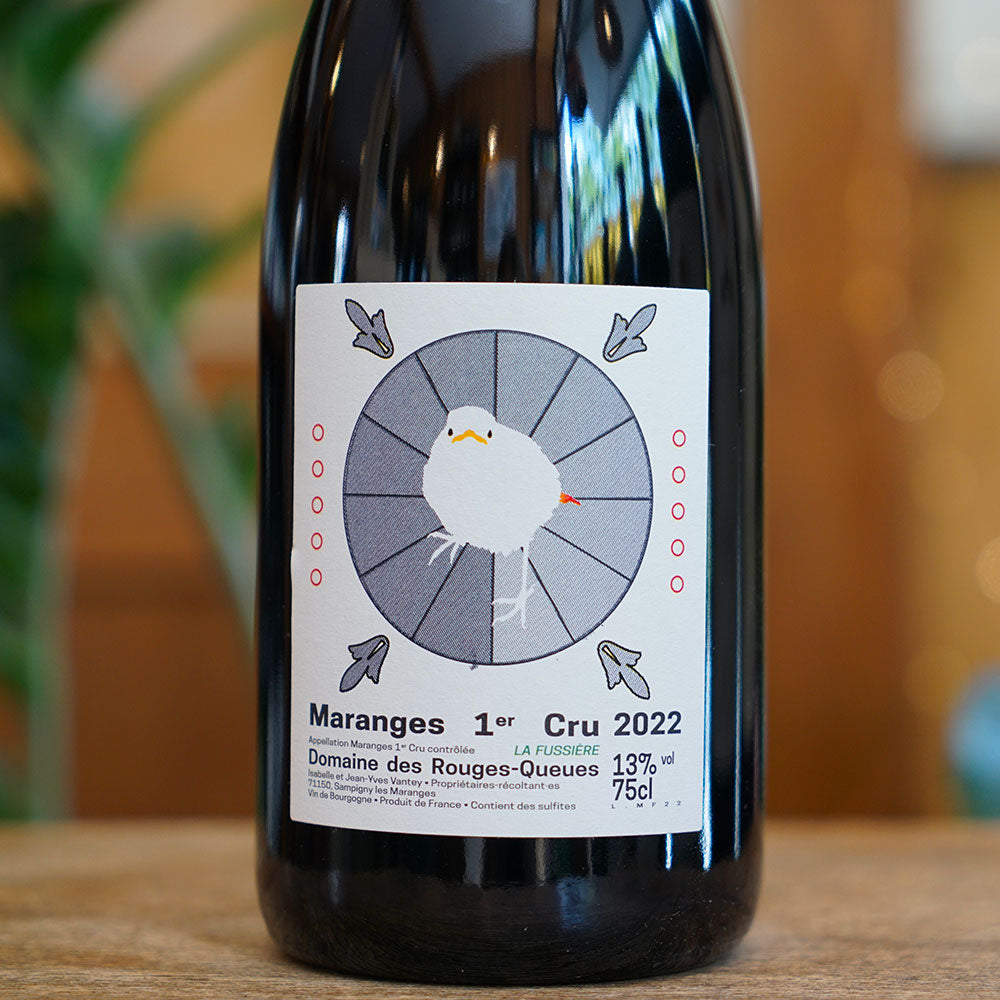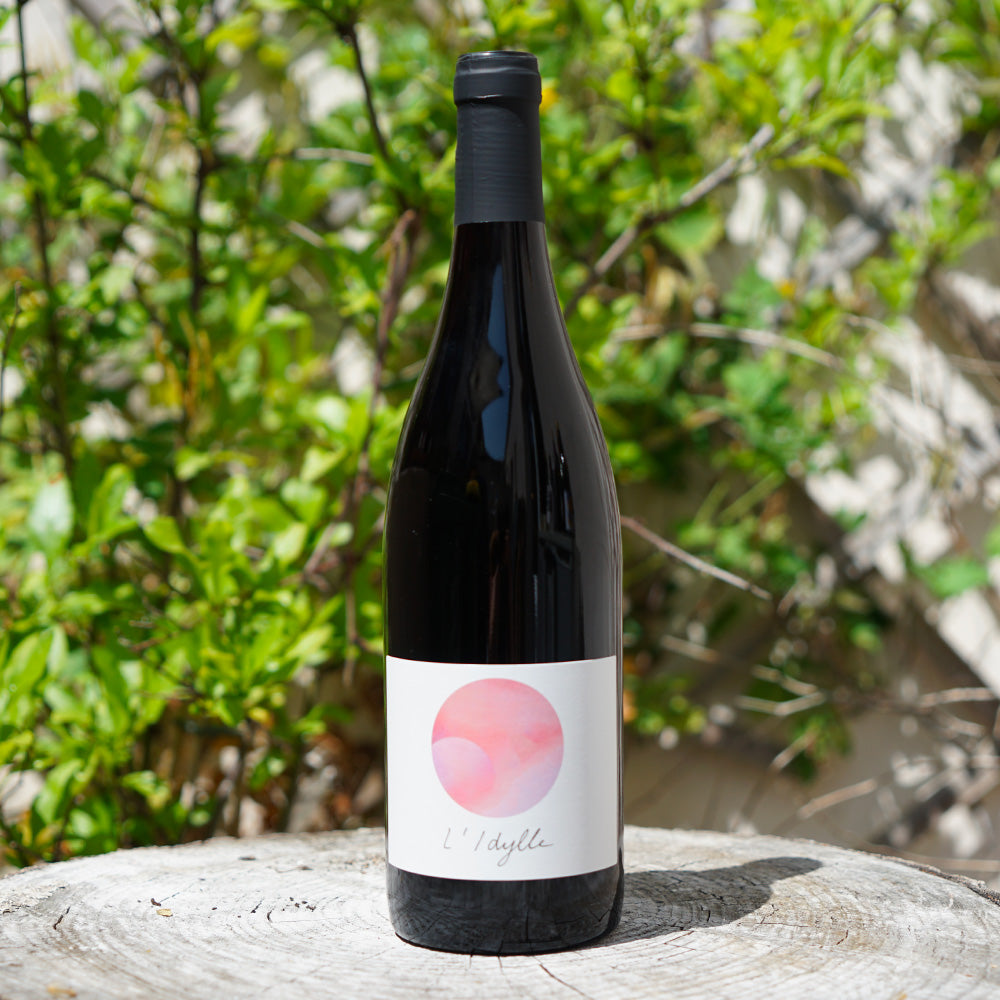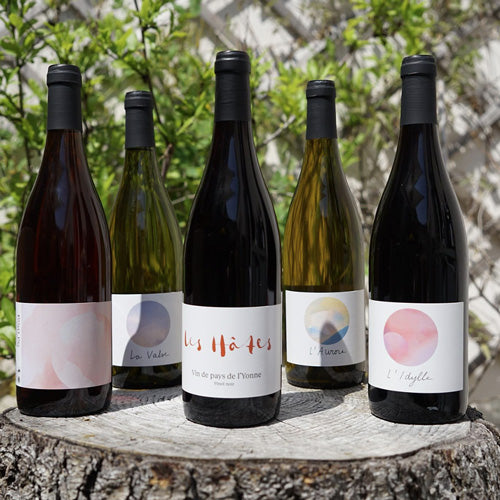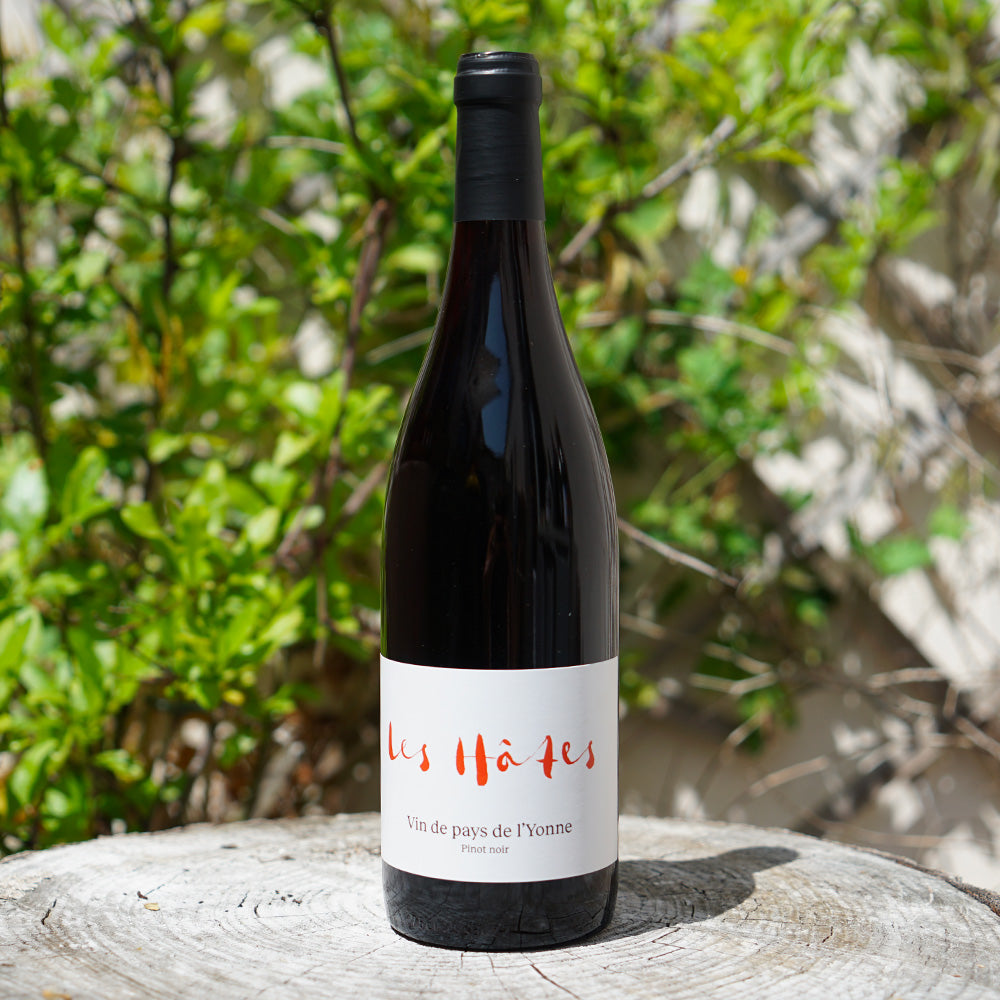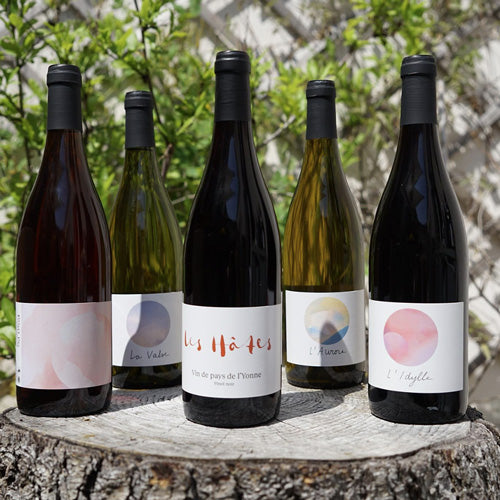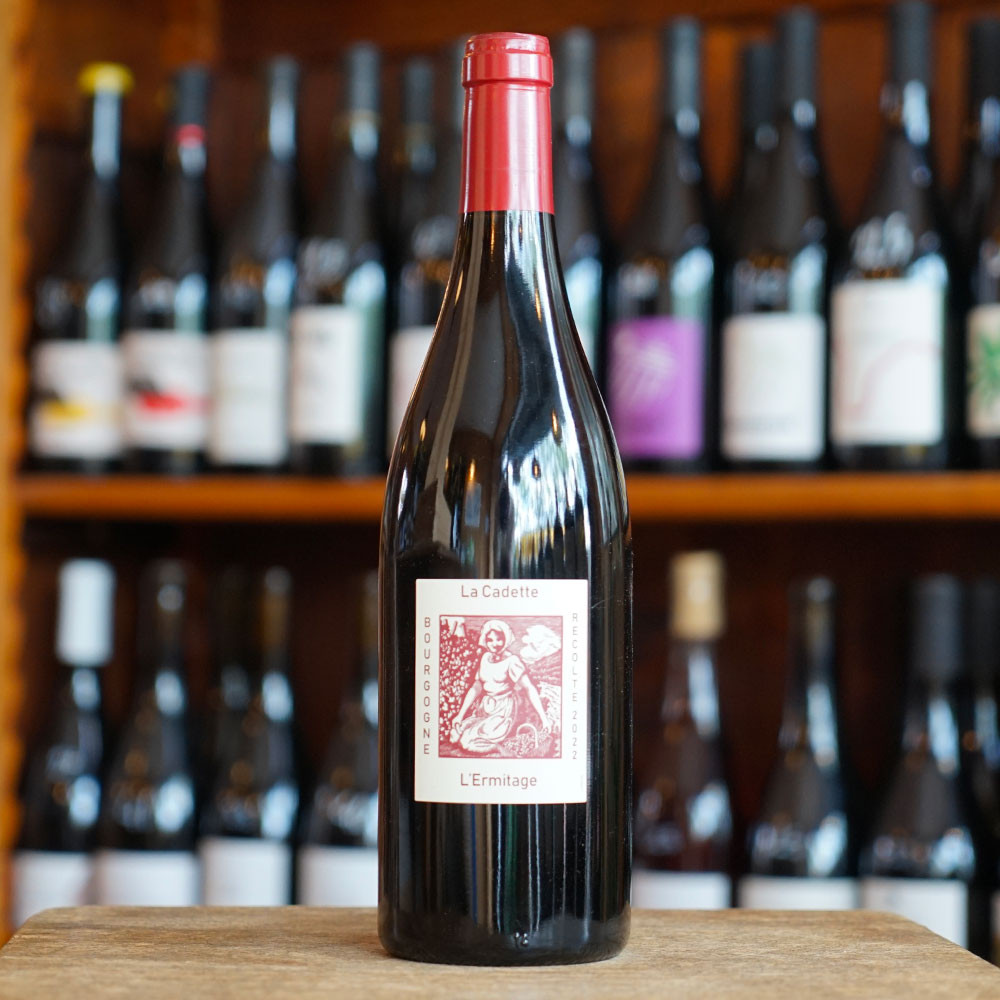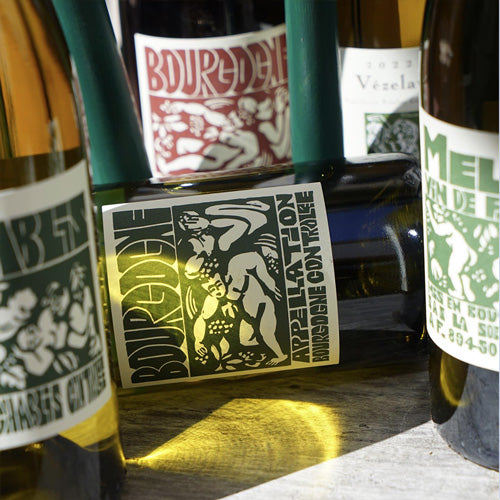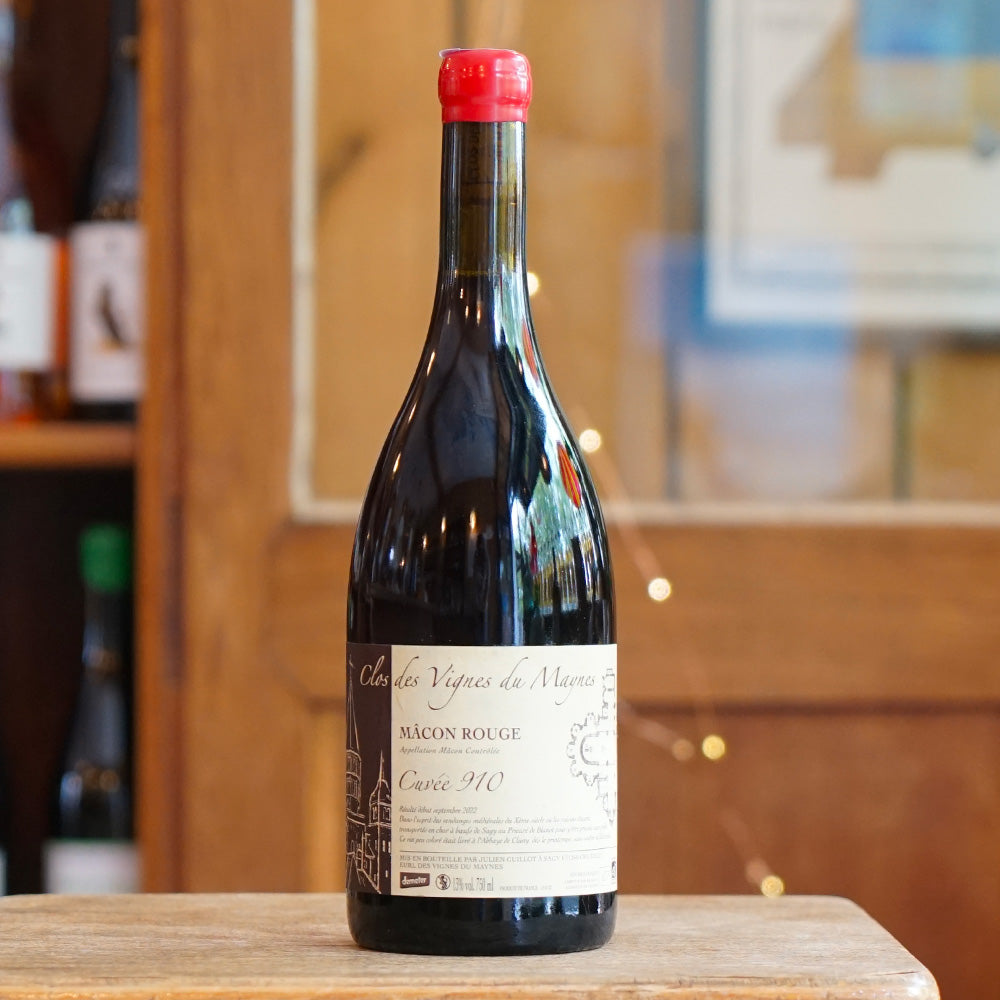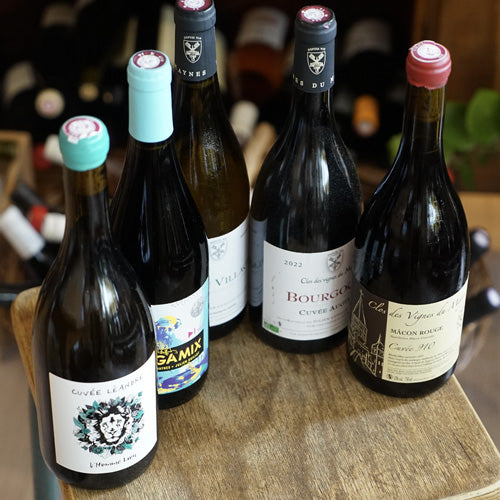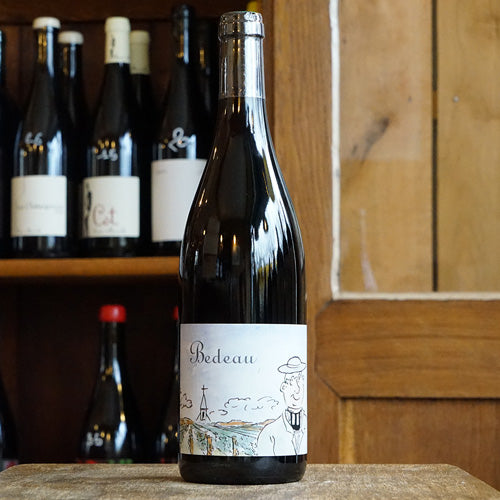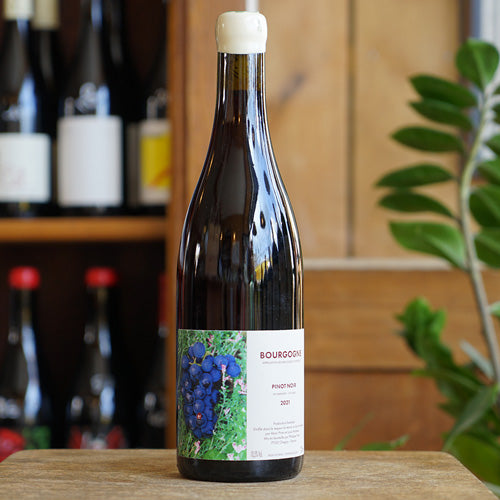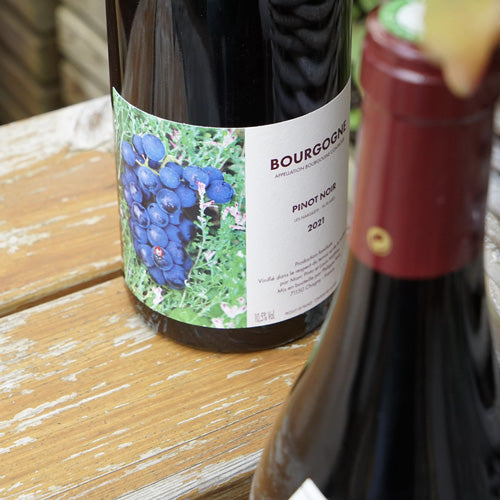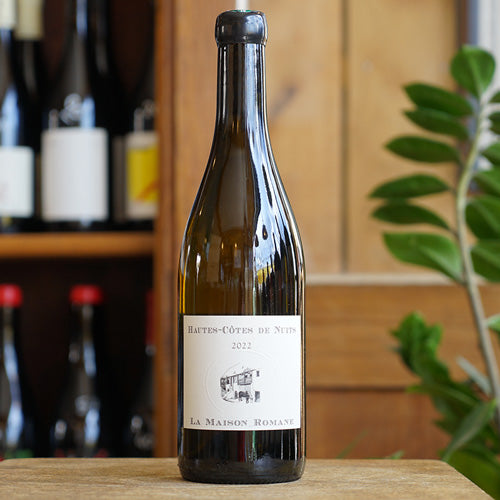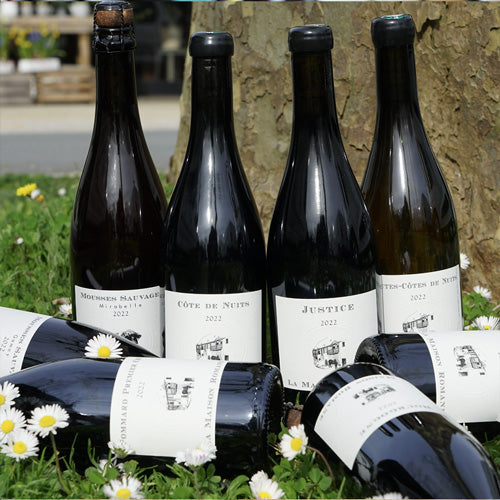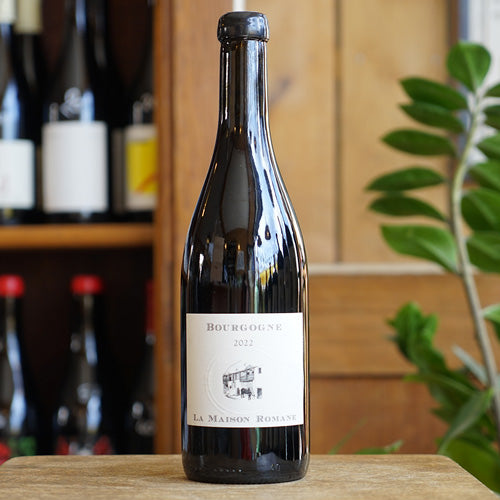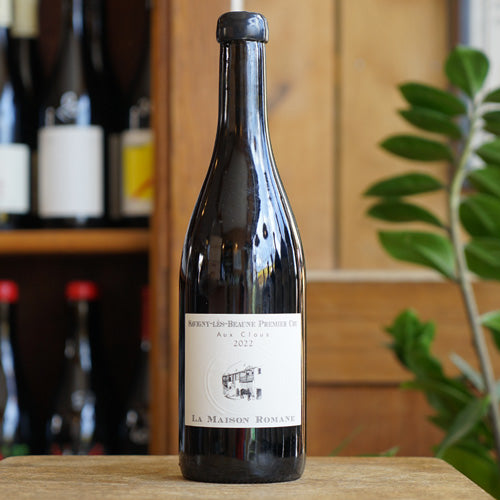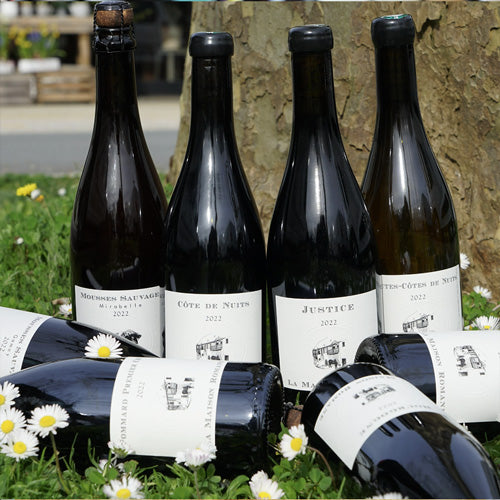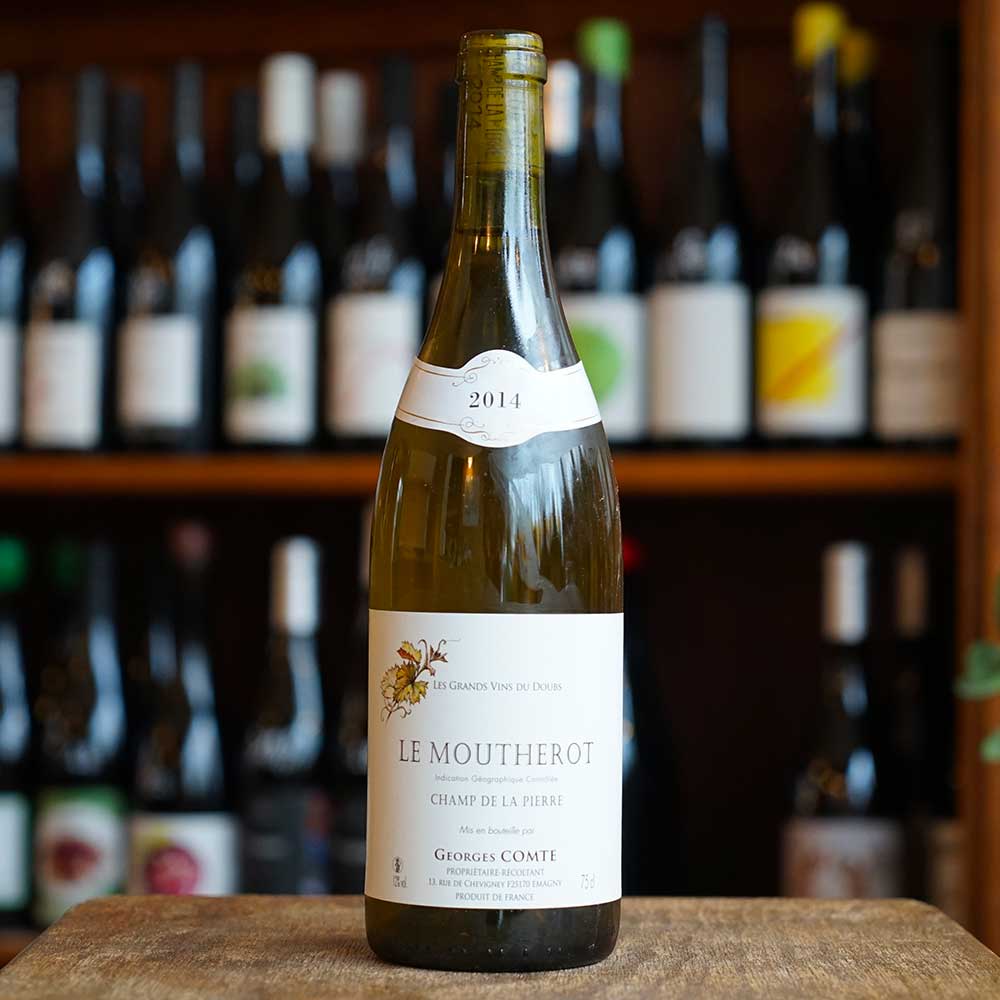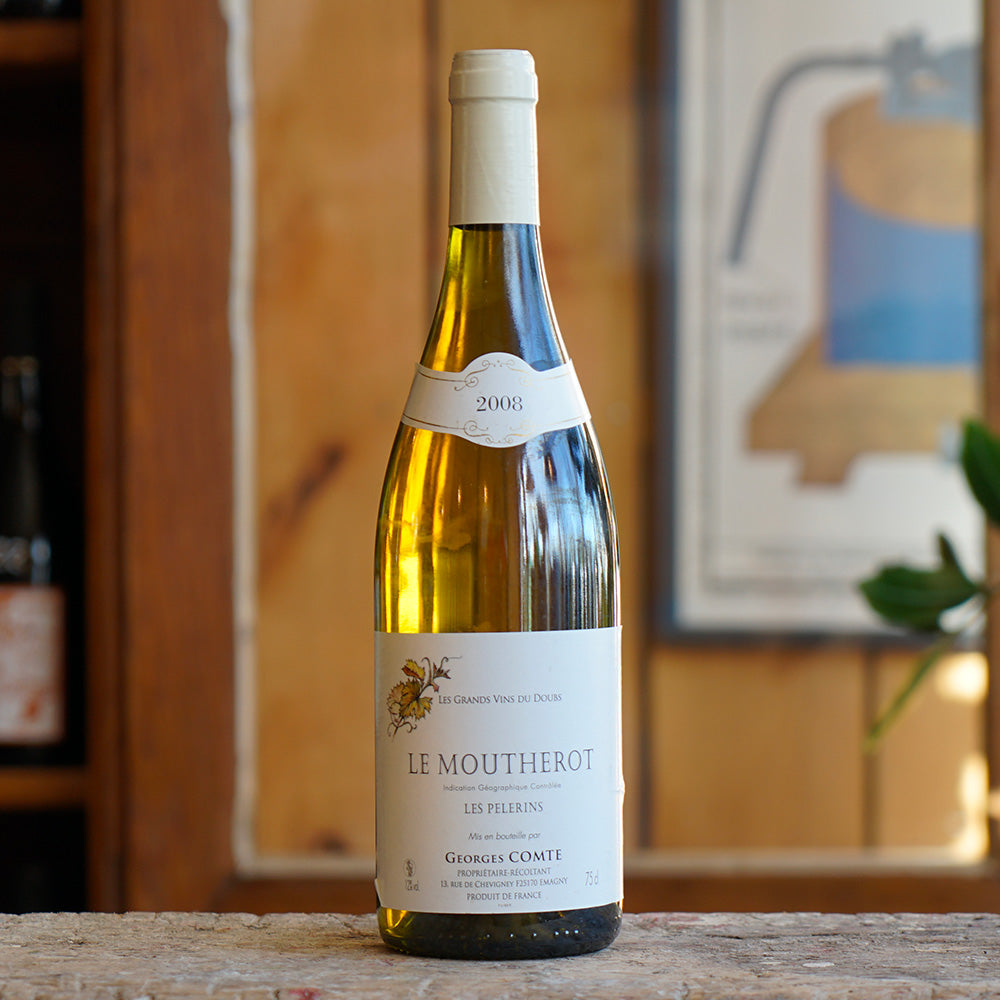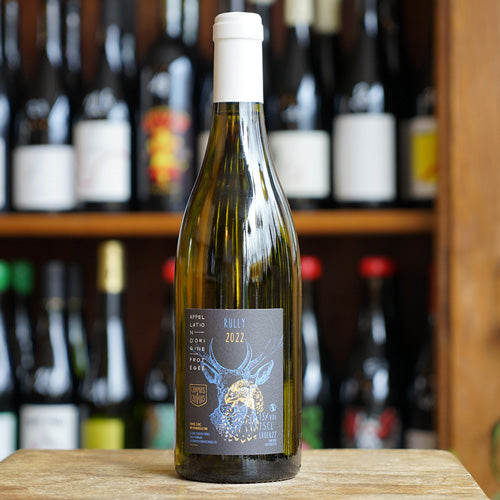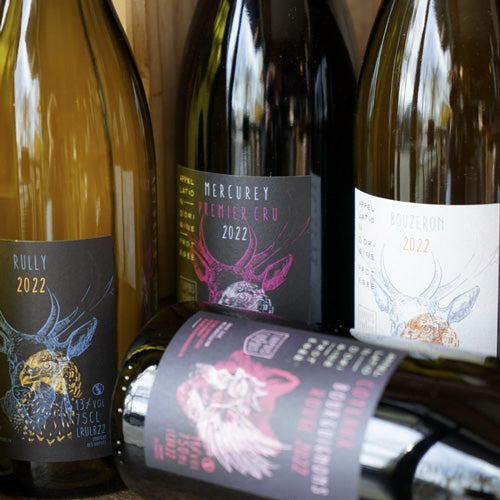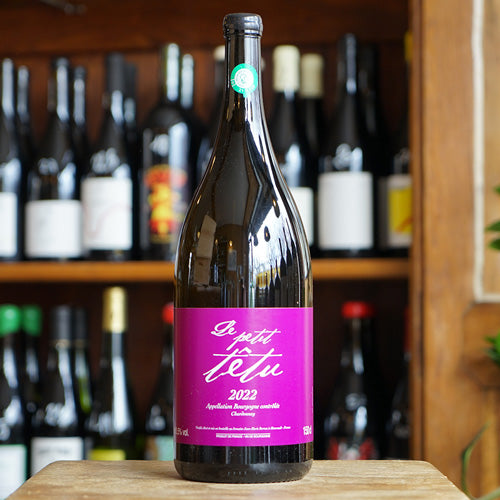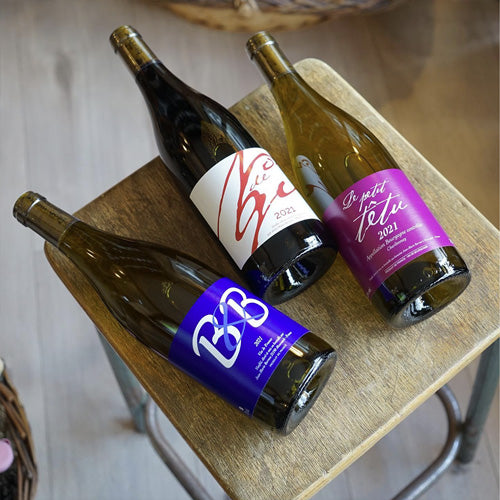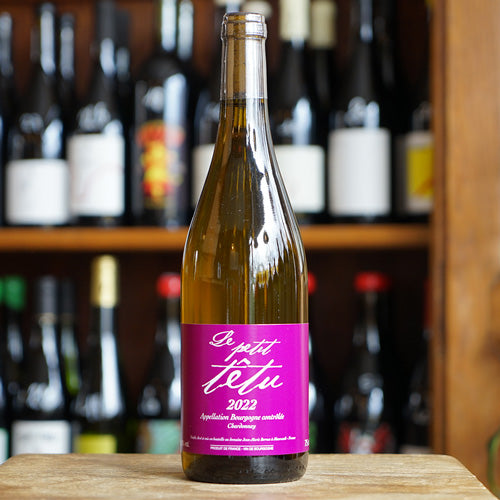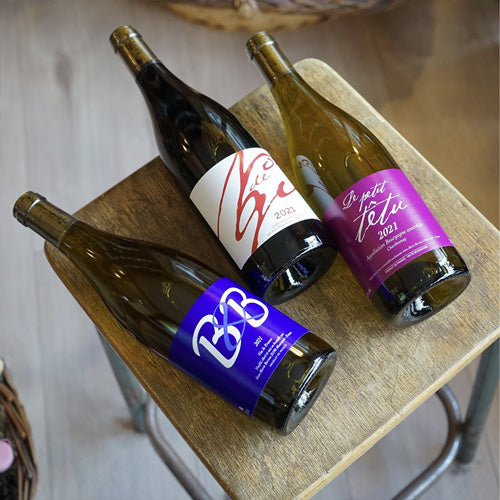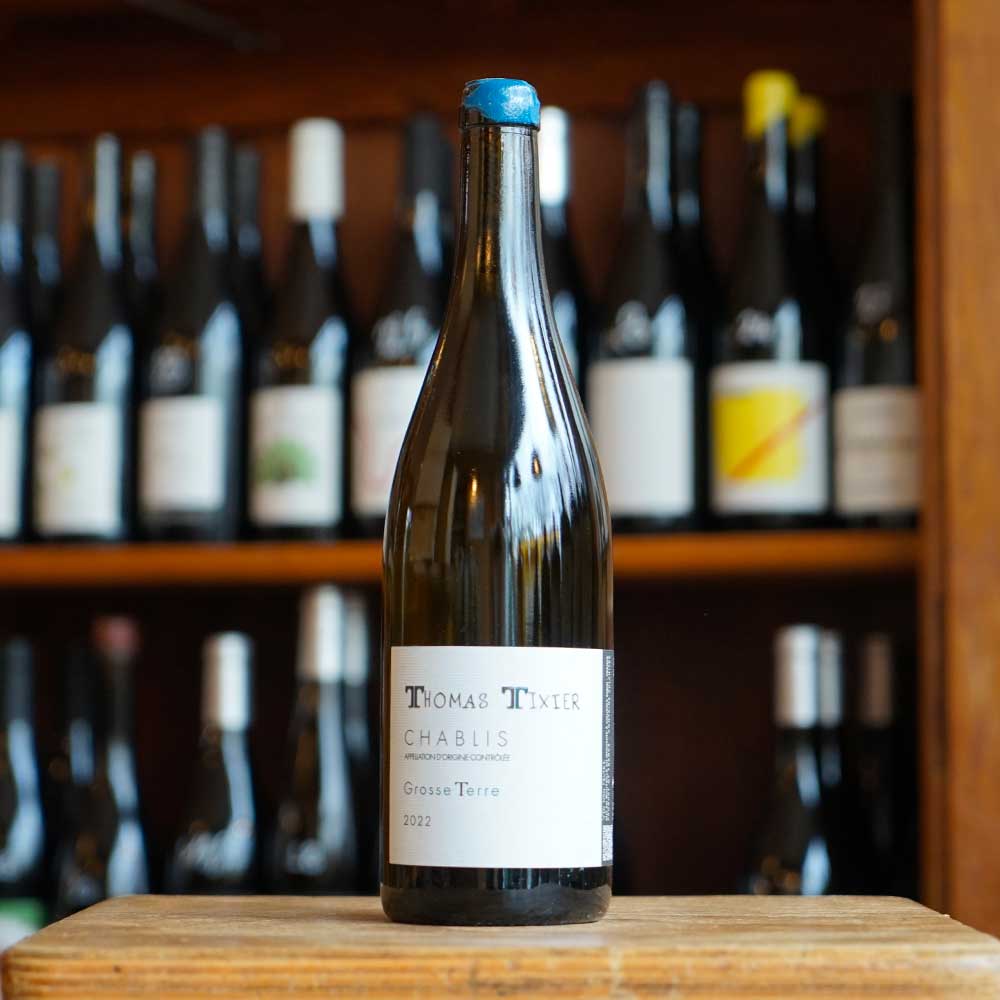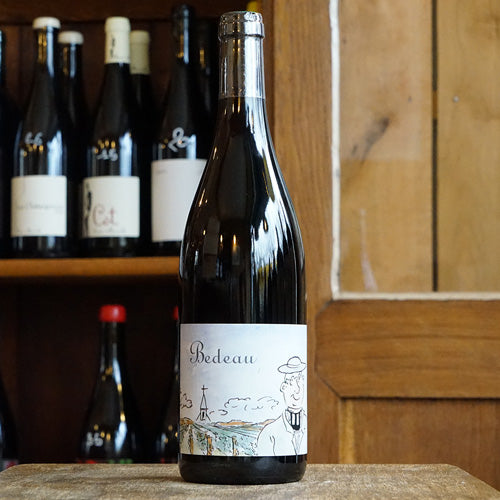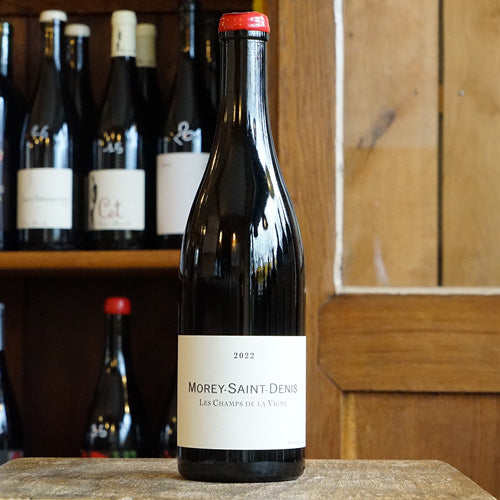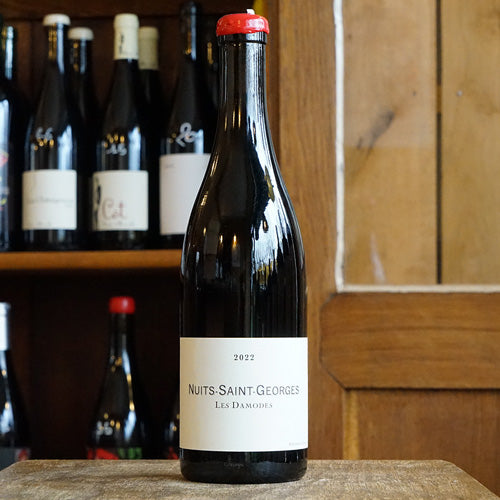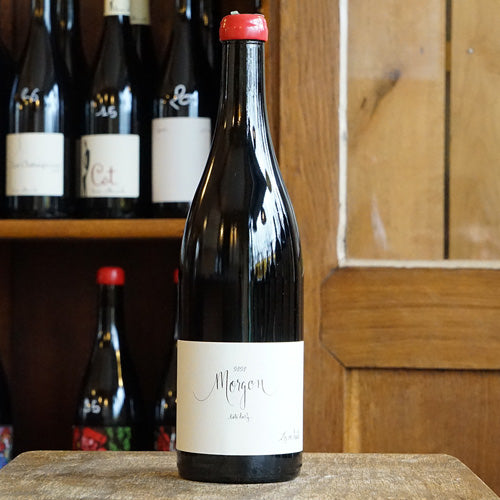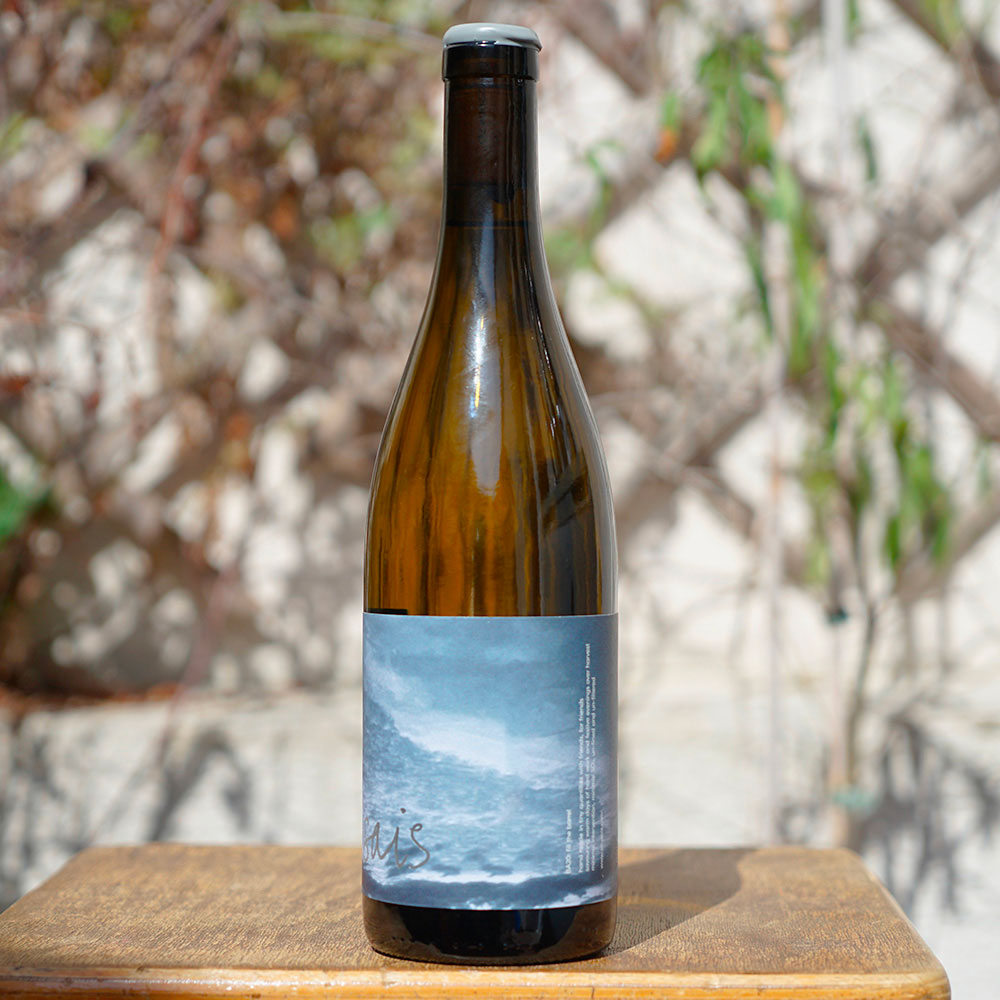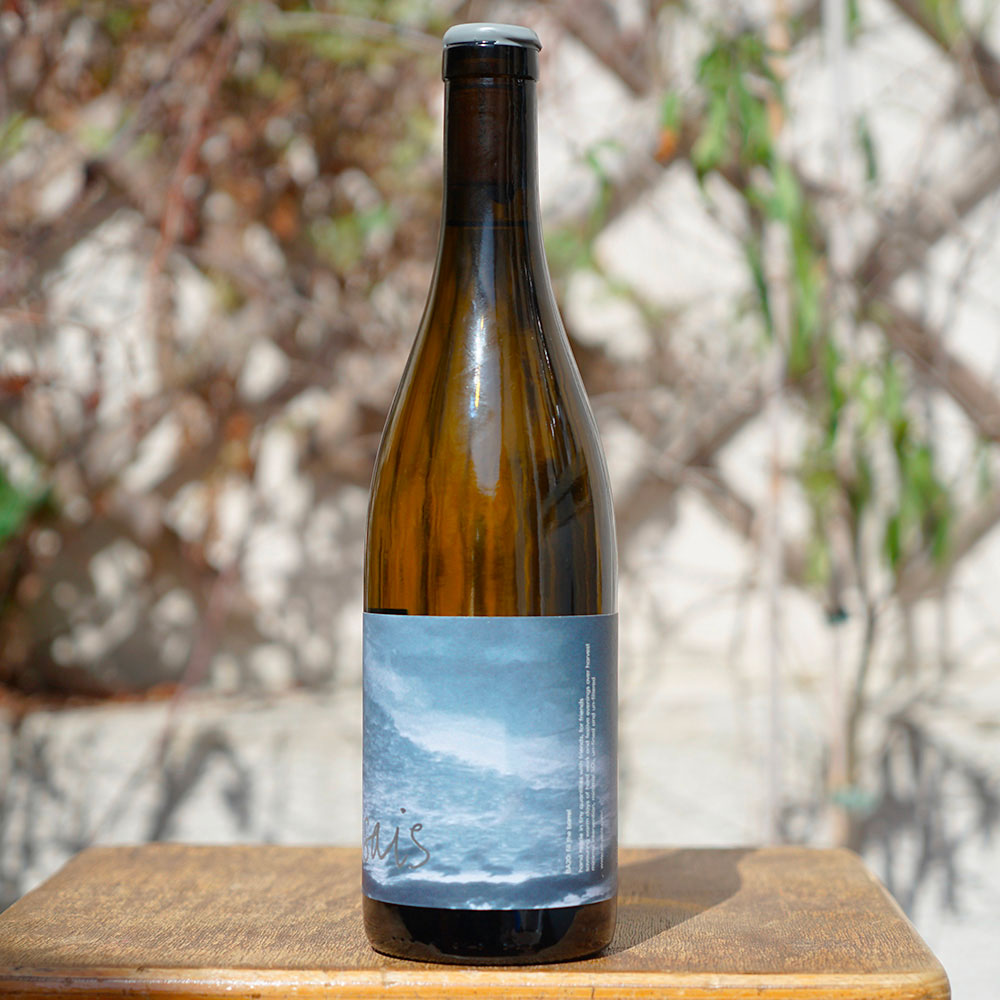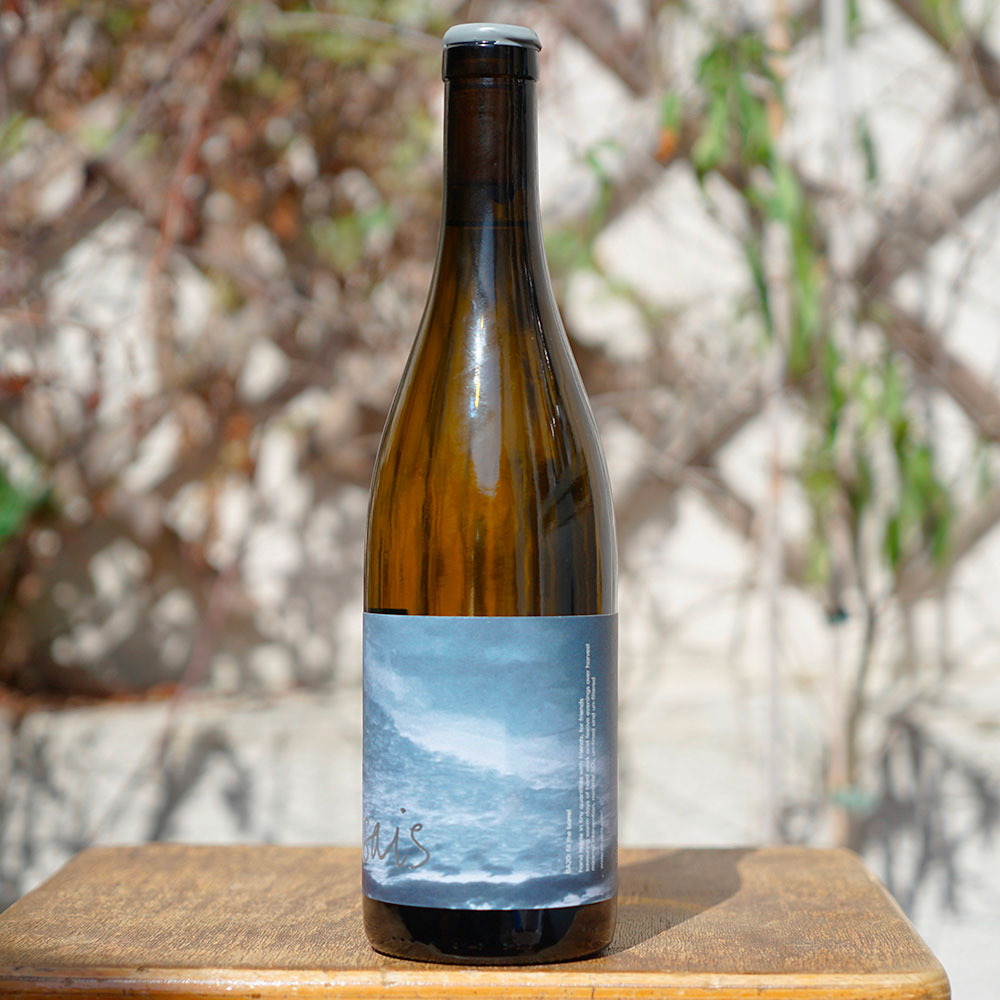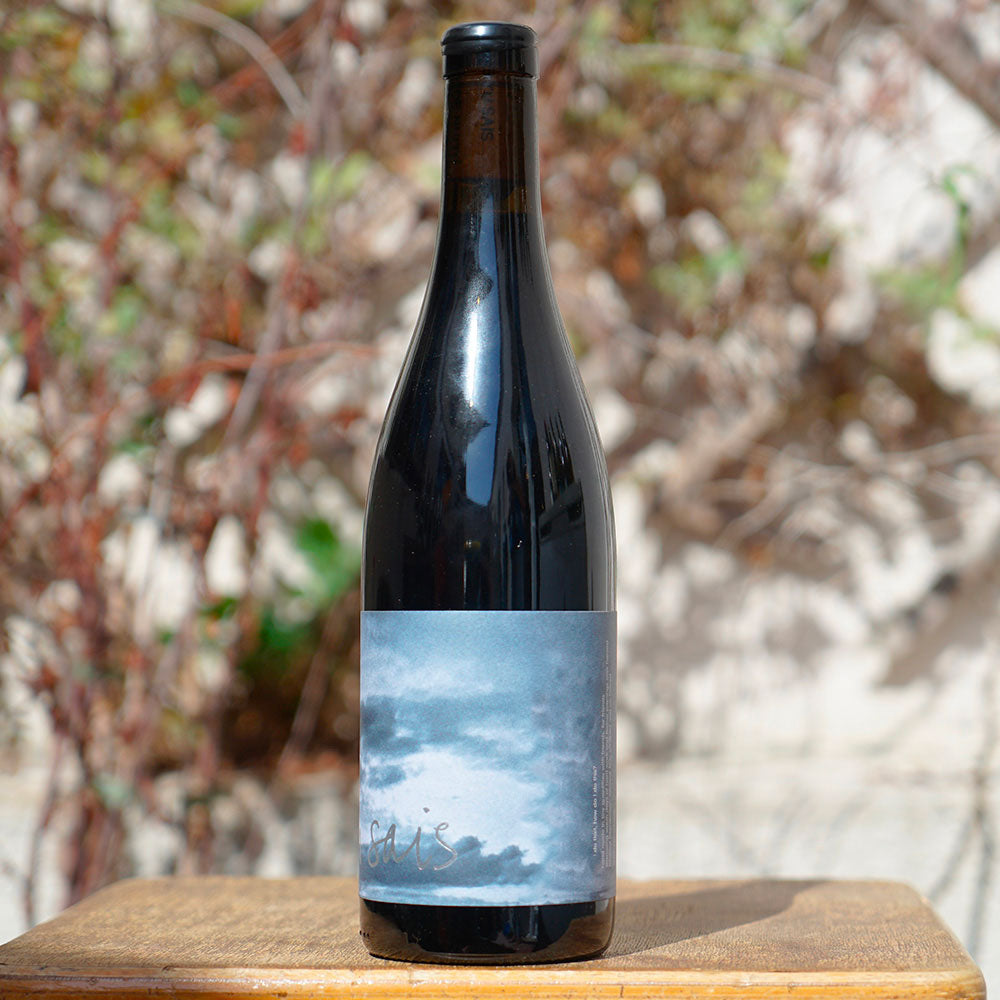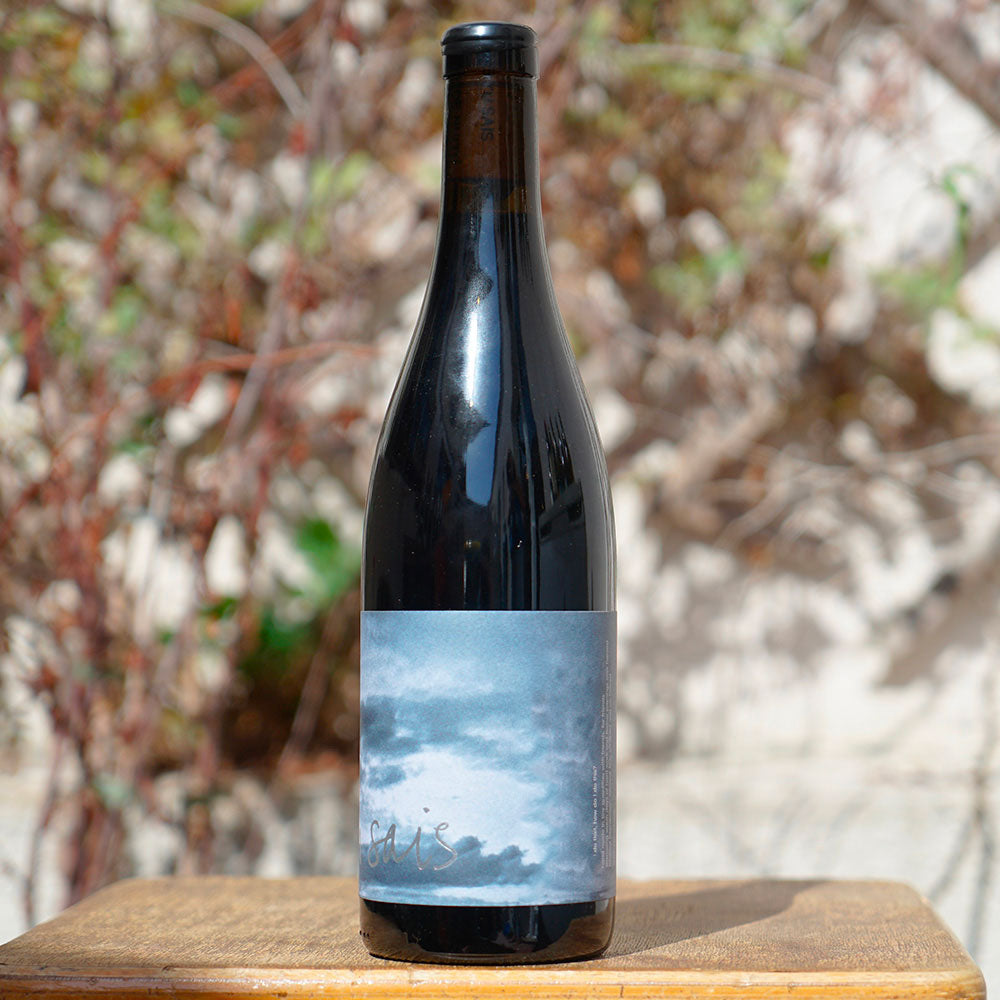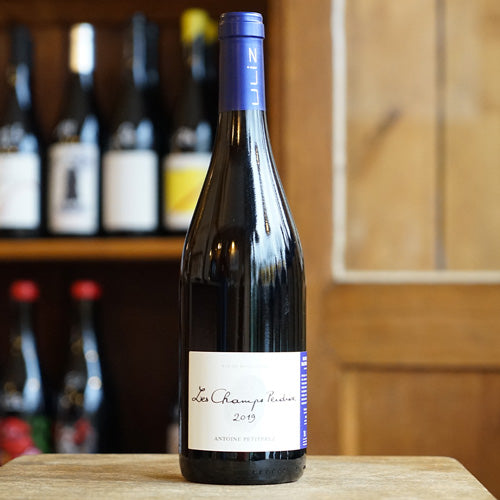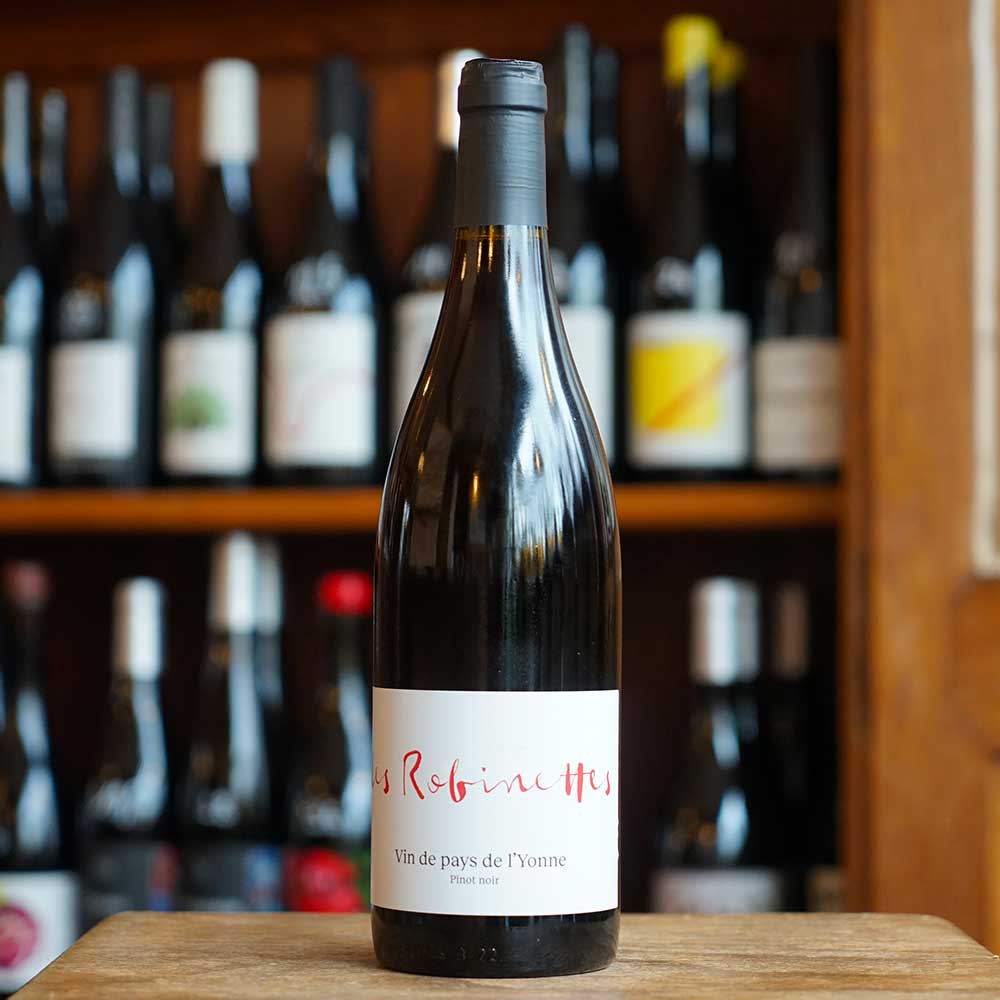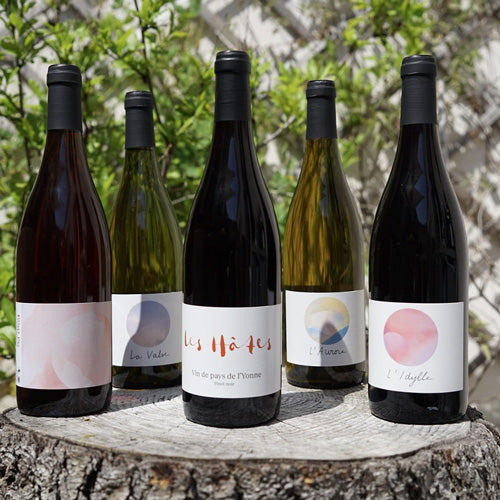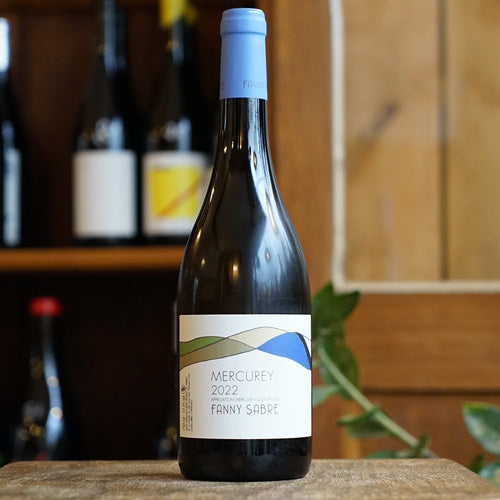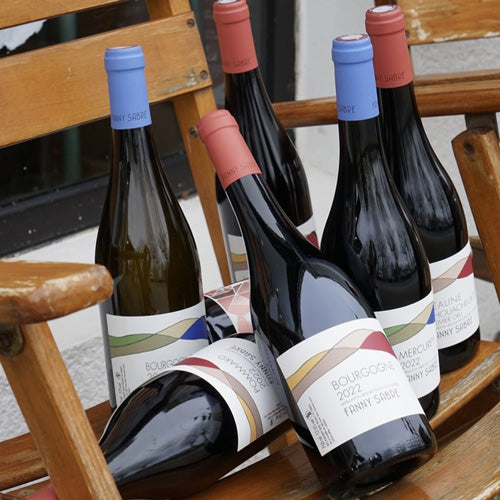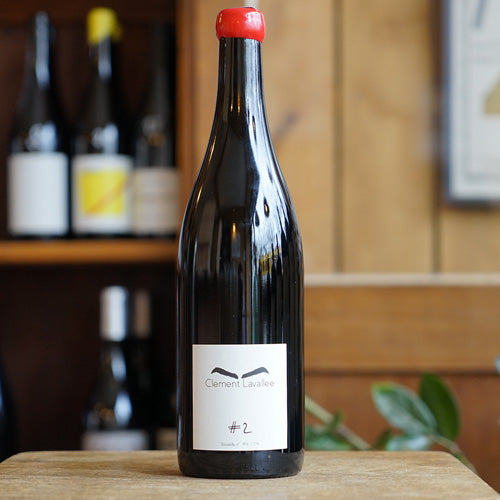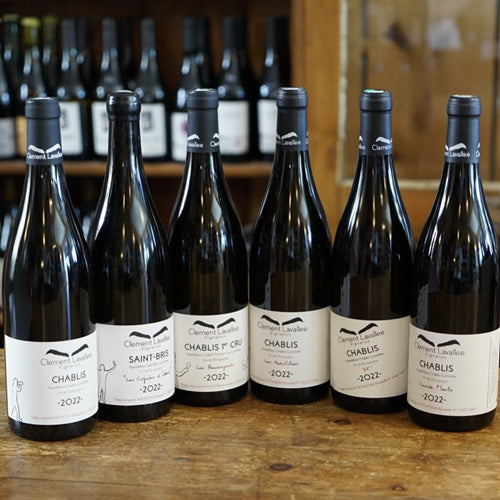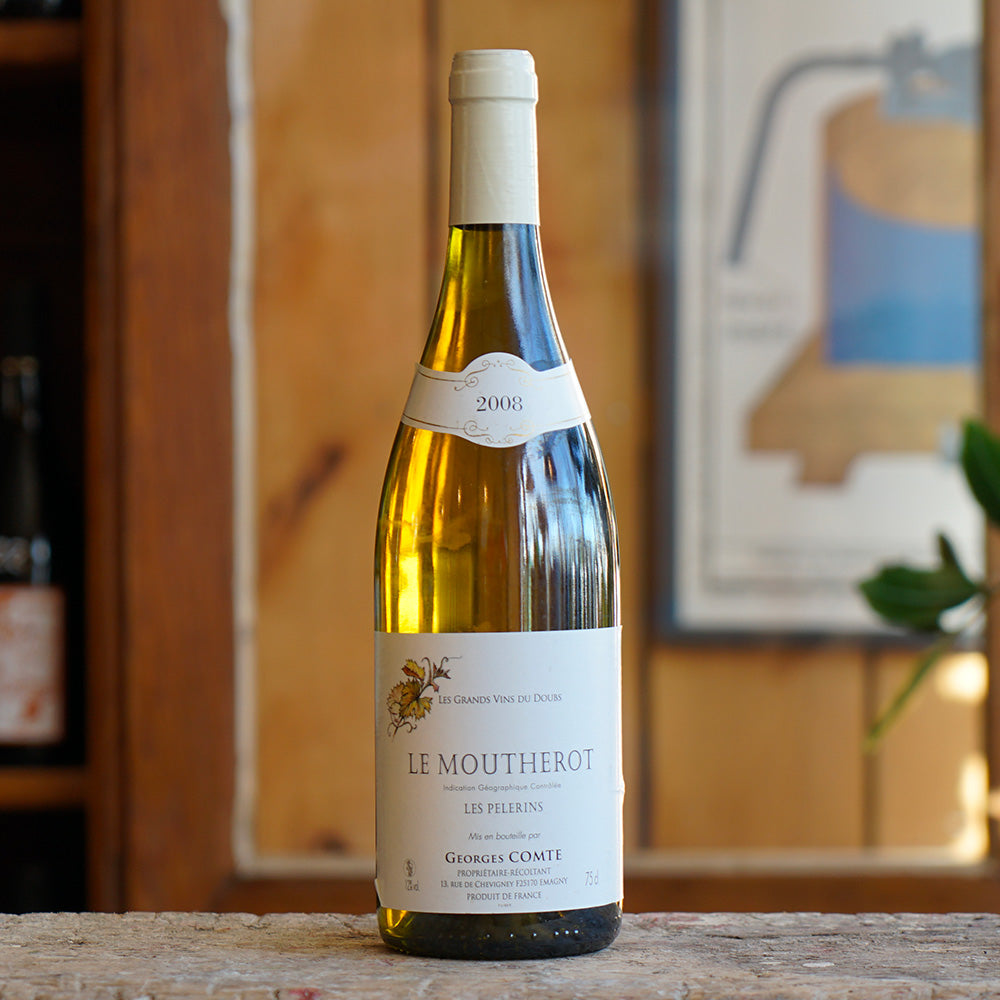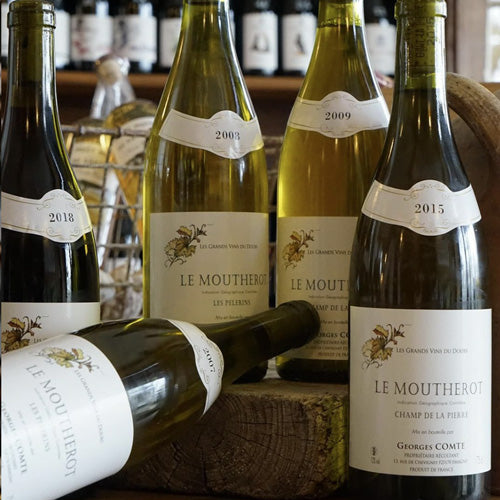Burgundy
With an area of almost 30,000 ha, Burgundy is a region whose reputation for wines is well established. This French wine-growing area extends over three departments along the banks of the Saône: Saône et Loire, Côte d'Or and Yonne. There are around 4,000 estates spread across illustrious appellations such as Chablis in the North, then Gevrey-Chambertin, Volnay and Pouilly-Fuissé further to the South. Burgundy is above all recognized for its exceptional terroir composed mainly of clay and limestone soils typical of the region, as well as for its climates. By climate we mean very specific plots of vines defined for hundreds of years as being particularly qualitative, having their own history and terroir. There are around more than a thousand in Burgundy, listed as UNESCO World Heritage Sites, each producing wines with their own unique identity.
Burgundy today offers us a majority production of white wines (more than 60% of its production) led largely by Chardonnay giving wines with multiple facets, depending on whether it presents itself on a voluminous and bold profile, or on a more curved profile with frank minerality like the natural white wines of the Valette family which have magnificent references in Pouilly. Or if they come from the Chablisienne appellation with its Kimmeridgian terroir and its Exogyra Virgula fossils, small comma-shaped oysters which give the tasting this almost saline mineral side so characteristic of this appellation, such as can be the Chablis of Clément Lavallée or those of the Pattes Loup estate, both worked in natural vinification without chemical inputs or addition of SO2.
Burgundian Chardonnays particularly stand out for their exceptional aging potential, developing specific aromas always accompanied by great freshness year after year.
Although a large white wine region, Burgundy is nonetheless recognized for the finesse of its Pinot Noir, the local expression of which is considered by many to be the most accomplished in the world, particularly in the Côte de Nuits.
Due to the terroirs of course, but also thanks to the know-how and art of Burgundian breeding, we find deep wines, with delicate aromatic components and extremely velvety tannins. We can note the work, since the end of the 1980s and the beginning of the 1990s, of certain winegrowers working with natural wines such as Frédéric Cossard, Philippe Pacalet and Julien Guillot. This work by the pioneers of Burgundy to offer us great natural wines from the most beautiful appellations is today a great source of inspiration for their peers. A new generation of winegrowers has been emerging over the past ten years: Bastian Wolber, Jon Purcell (Vin Noé), Marthe Henry and even Domaine Dandelion intend to continue to promote these great natural Burgundian wines throughout the world!
To discover a wider selection of natural Burgundy wines, visit Vinograf.
